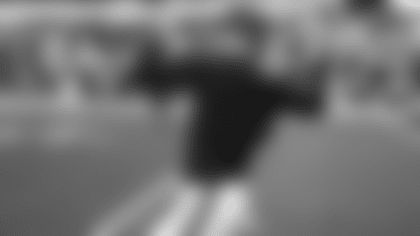Where does the Vikings offense go from here?
That's the question specific to Minnesota posed by ESPN in its weekly assessment of every NFL team.
To recap the season so far, the Vikings offense was stationary for three quarters at Chicago before J.J. McCarthy rallied the group and led an exciting fourth-quarter comeback in his debut; the group struggled to keep the young starter upright on Sunday Night Football against Atlanta in Week 2; with McCarthy mending a high-ankle sprain in Week 3, backup Carson Wentz emerged and played a mostly clean game, with minuscule exposure to adversity because of an historic defensive performance; and in Dublin on Sunday, the offense aired it out late to try and account for undesirable inefficiency.
Procedural penalties, offensive line injuries and inconsistent quarterback play are the primary issues.
So it's quite fair to ask: Where does the Vikings offense go from here?
Kevin Seifert of ESPN attempted to conjure up an answer:
The Vikings showed some life with two fourth-quarter touchdowns, but by the end of Sunday's game, they were playing with more backup offensive linemen (three) than starters (two). And their results reflected it, with Wentz taking six sacks and facing pressure for most of the game. From a personnel perspective, there aren't many reinforcements on the way. McCarthy has missed two consecutive weeks of practice, making his return in Week 5 a long shot. Donovan Jackson (wrist) is going to miss at least one more game, and it's difficult to project [when] Brian O'Neill (knee) or Ryan Kelly (concussion) [will return].
Basically, the broad question raises more questions about the Vikings offense.
Devastatingly, only one starter, free-agent signing Will Fries, has been available to Minnesota along the o-line for the entirety of the team's first four games. Fries has played the most snaps of anyone on that unit, but his impact has not been at the level that equals his 86.9 overall grade from Pro Football Focus across five games with the Colts in 2024. Fries' PFF grade in his first four back from a broken leg is 59.2.
View photos from every regular season game the Vikings have played in London over the years.
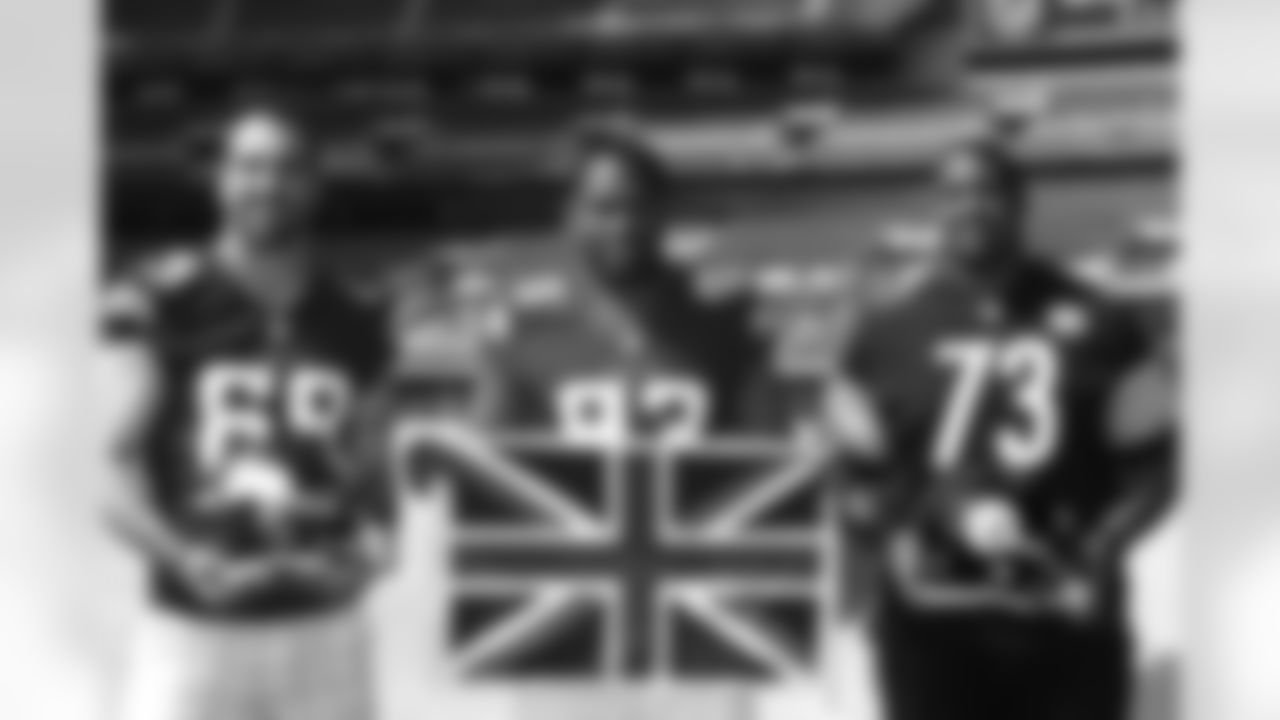
2013 Vikings vs. Steelers
Vikings won 34-27
Wembley Stadium

2013 Vikings vs. Steelers
Vikings won 34-27
Wembley Stadium

2013 Vikings vs. Steelers
Vikings won 34-27
Wembley Stadium
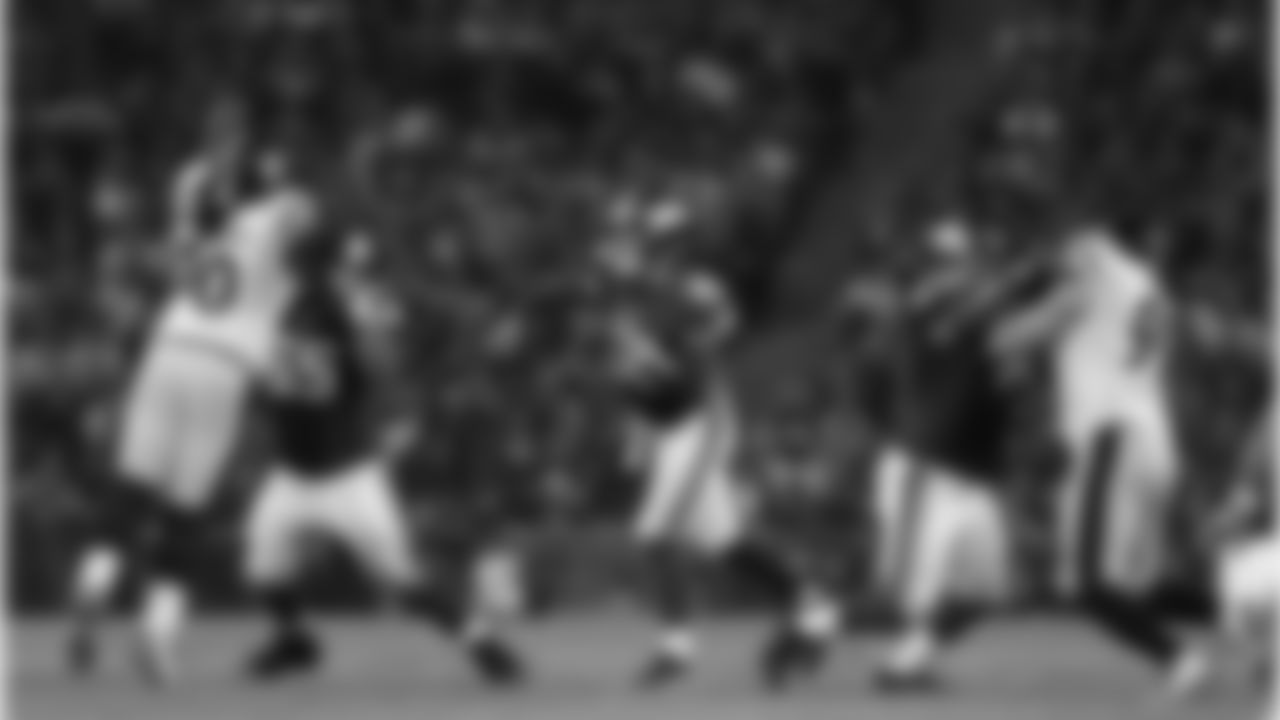
2013 Vikings vs. Steelers
Vikings won 34-27
Wembley Stadium

2013 Vikings vs. Steelers
Vikings won 34-27
Wembley Stadium

2013 Vikings vs. Steelers
Vikings won 34-27
Wembley Stadium
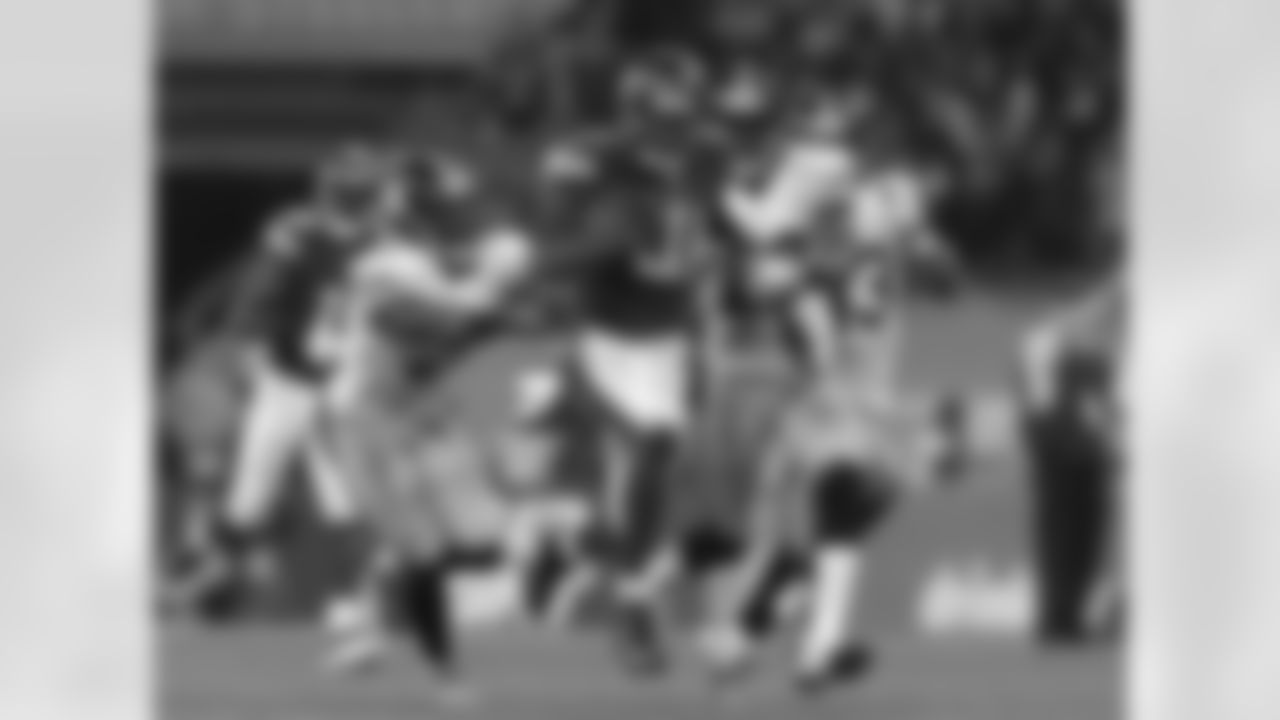
2013 Vikings vs. Steelers
Vikings won 34-27
Wembley Stadium
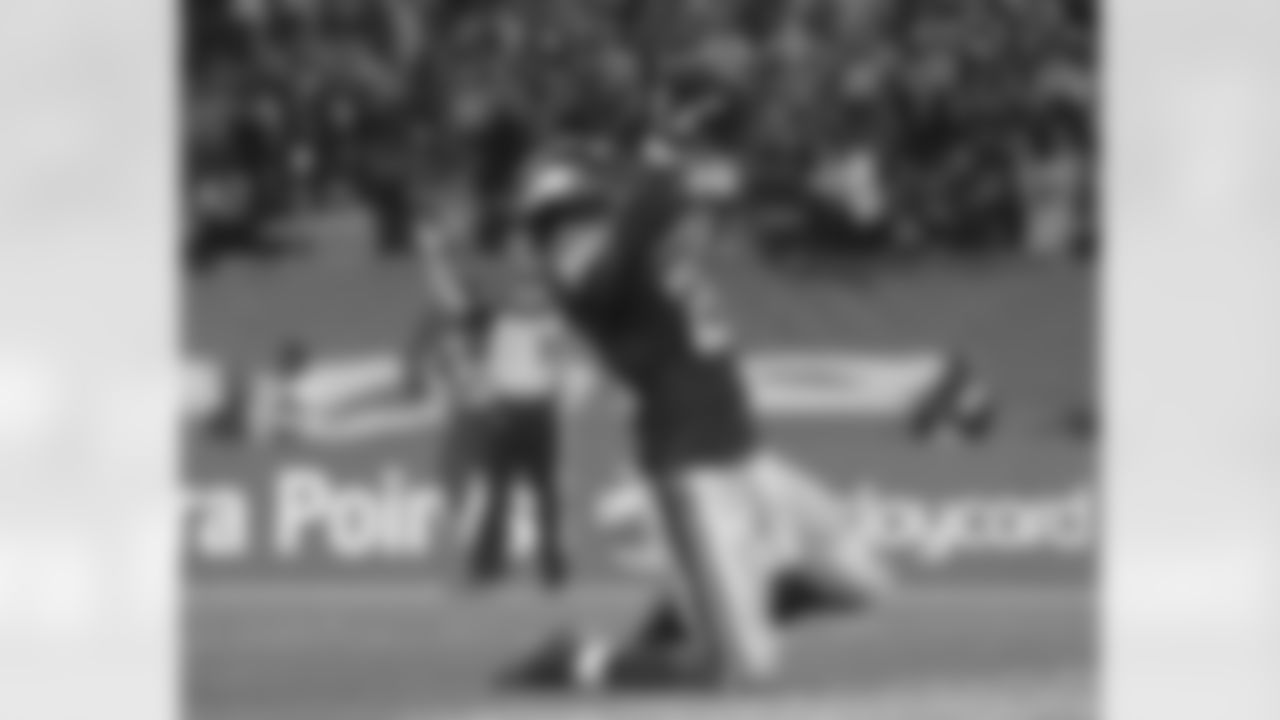
2013 Vikings vs. Steelers
Vikings won 34-27
Wembley Stadium

2017 Vikings at Browns
Vikings won 33-16 at Twickenham Stadium
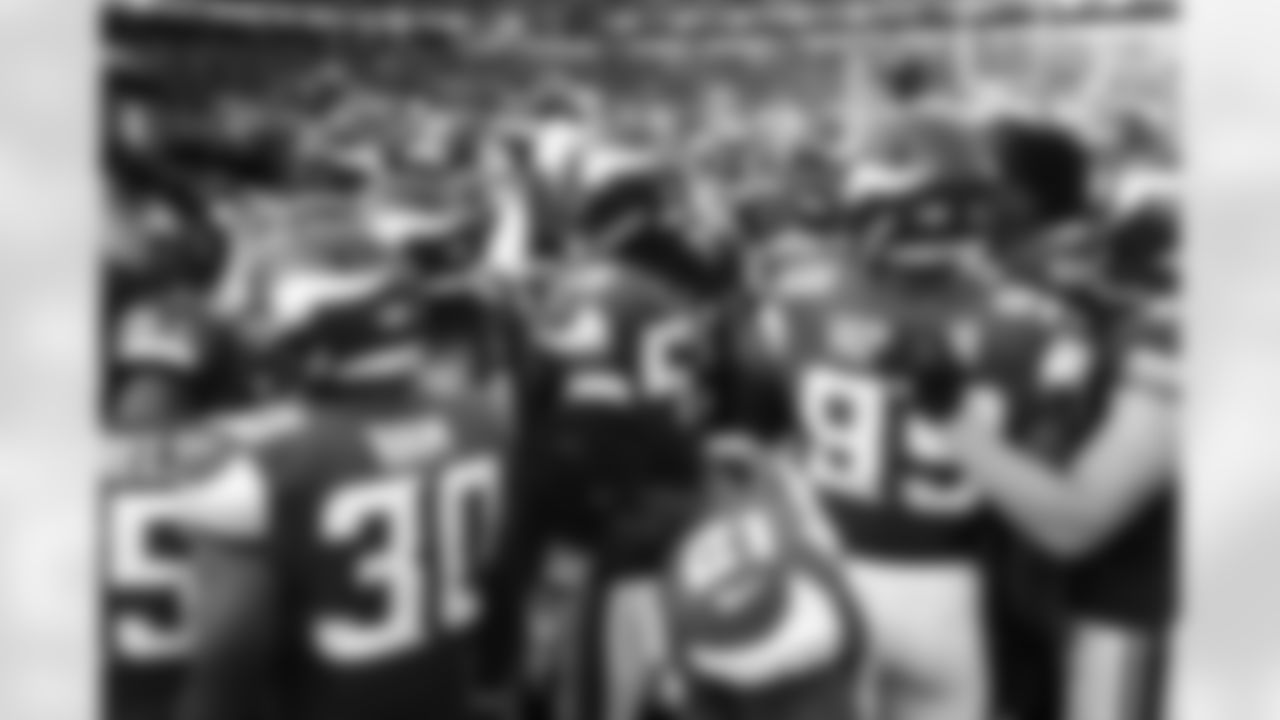
2017 Vikings at Browns
Vikings won 33-16 at Twickenham Stadium
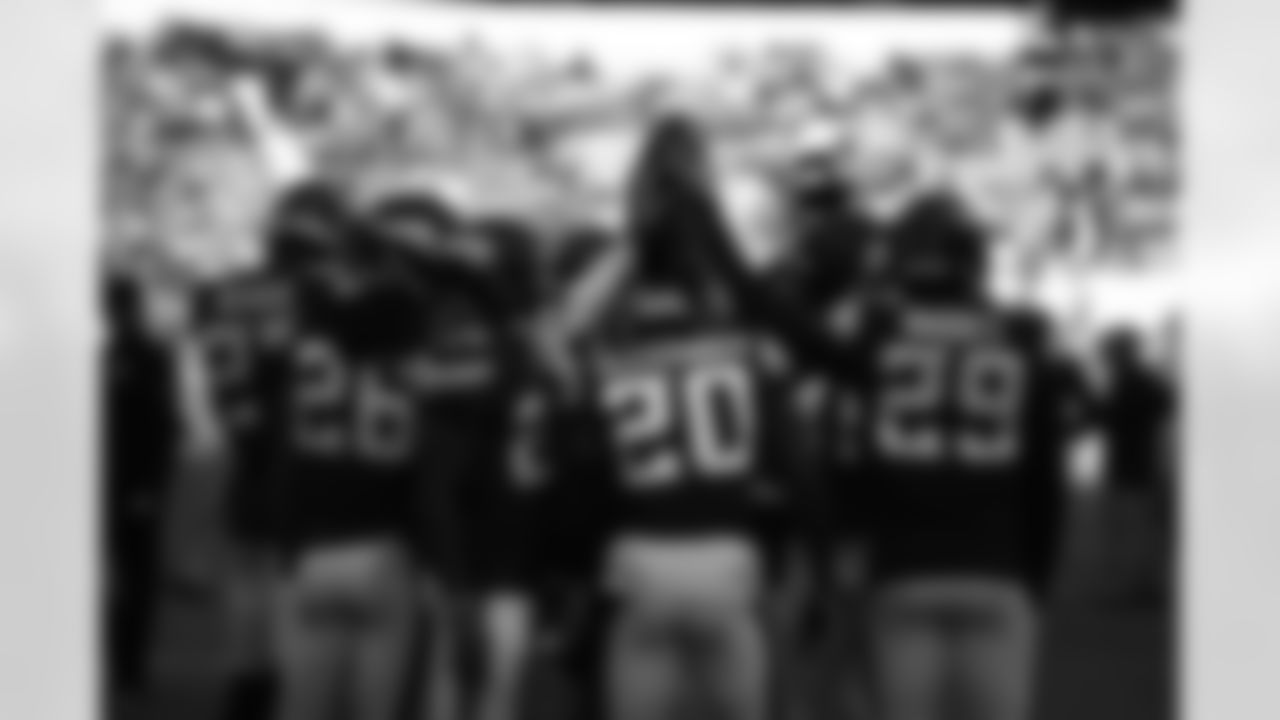
2017 Vikings at Browns
Vikings won 33-16 at Twickenham Stadium
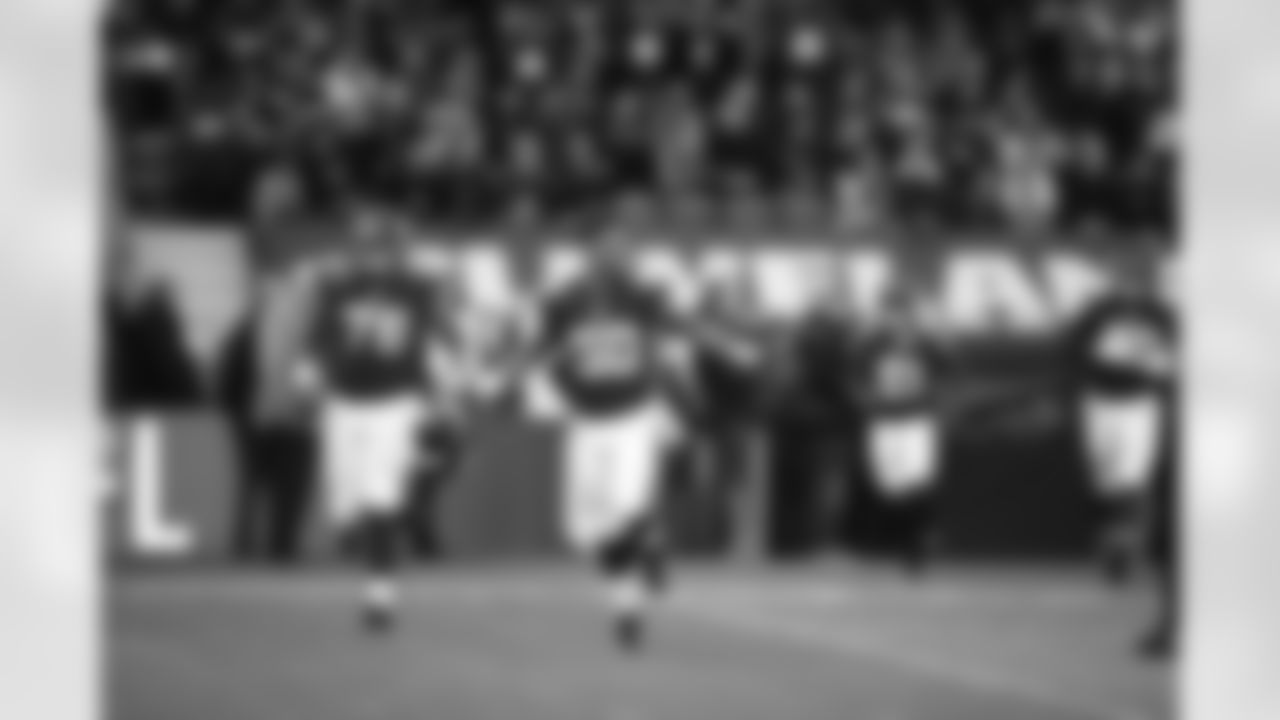
2017 Vikings at Browns
Vikings won 33-16 at Twickenham Stadium
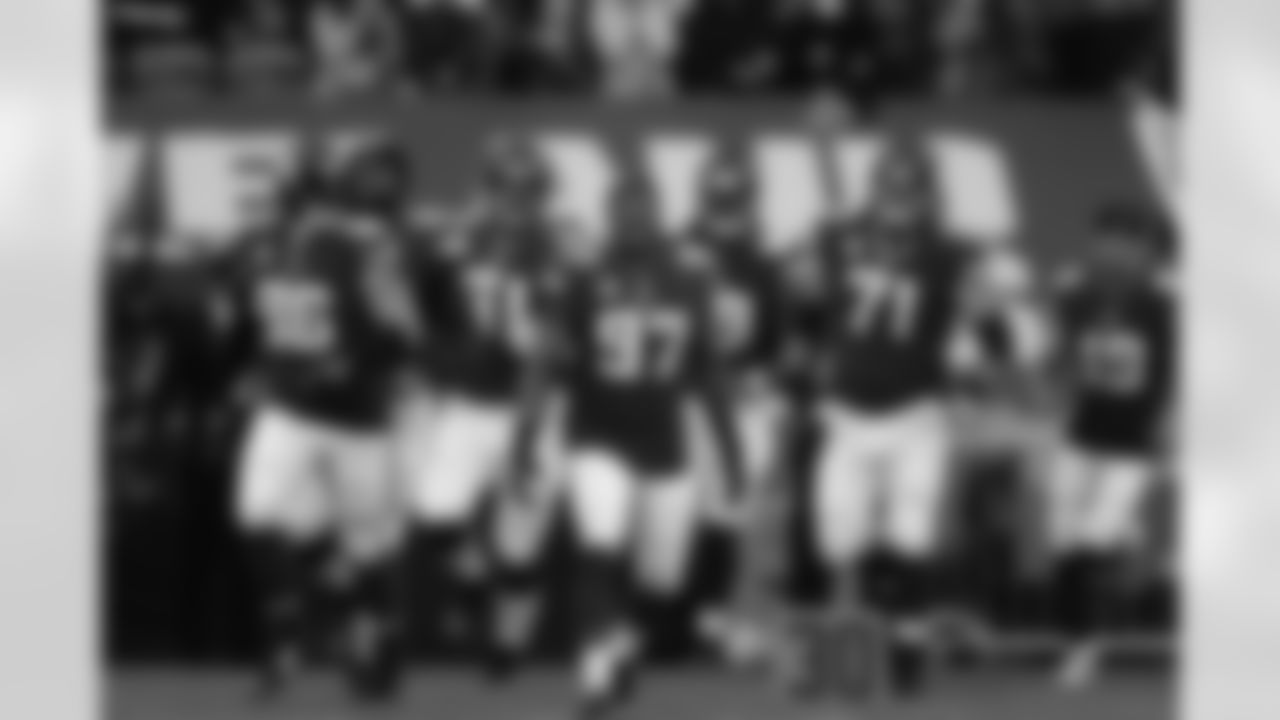
2017 Vikings at Browns
Vikings won 33-16 at Twickenham Stadium

2017 Vikings at Browns
Vikings won 33-16 at Twickenham Stadium

2017 Vikings at Browns
Vikings won 33-16 at Twickenham Stadium
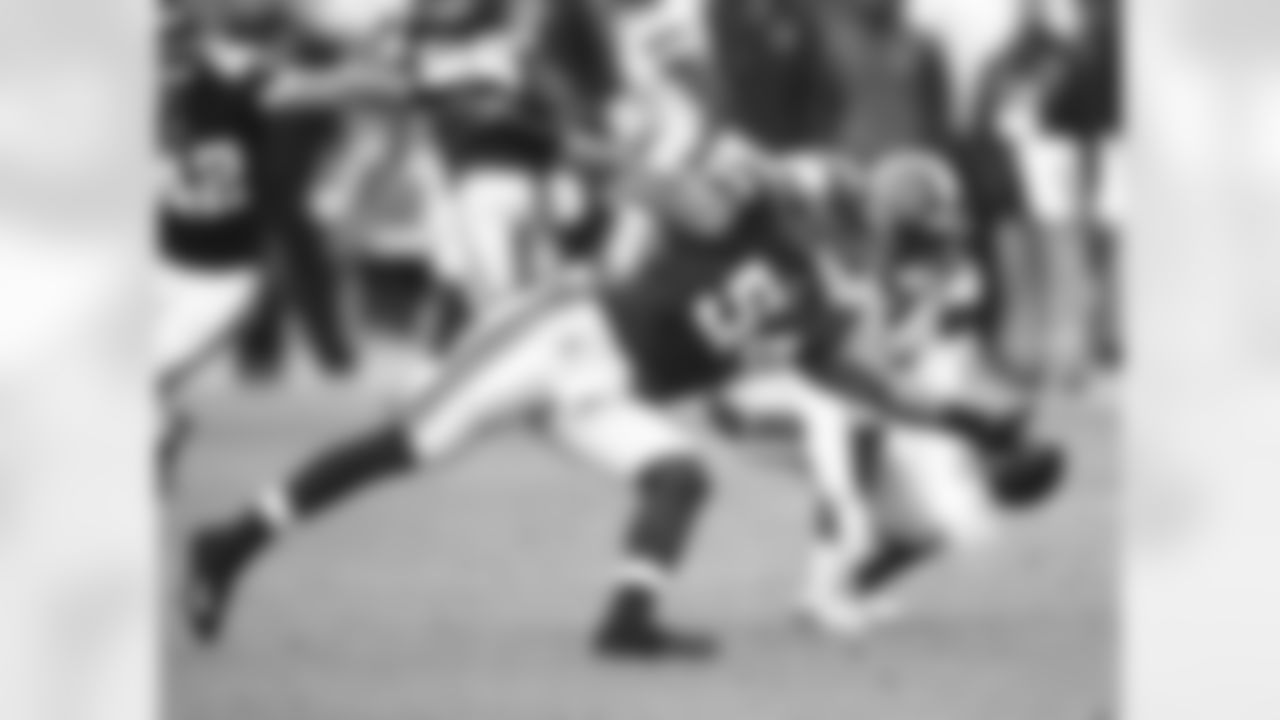
2017 Vikings at Browns
Vikings won 33-16 at Twickenham Stadium
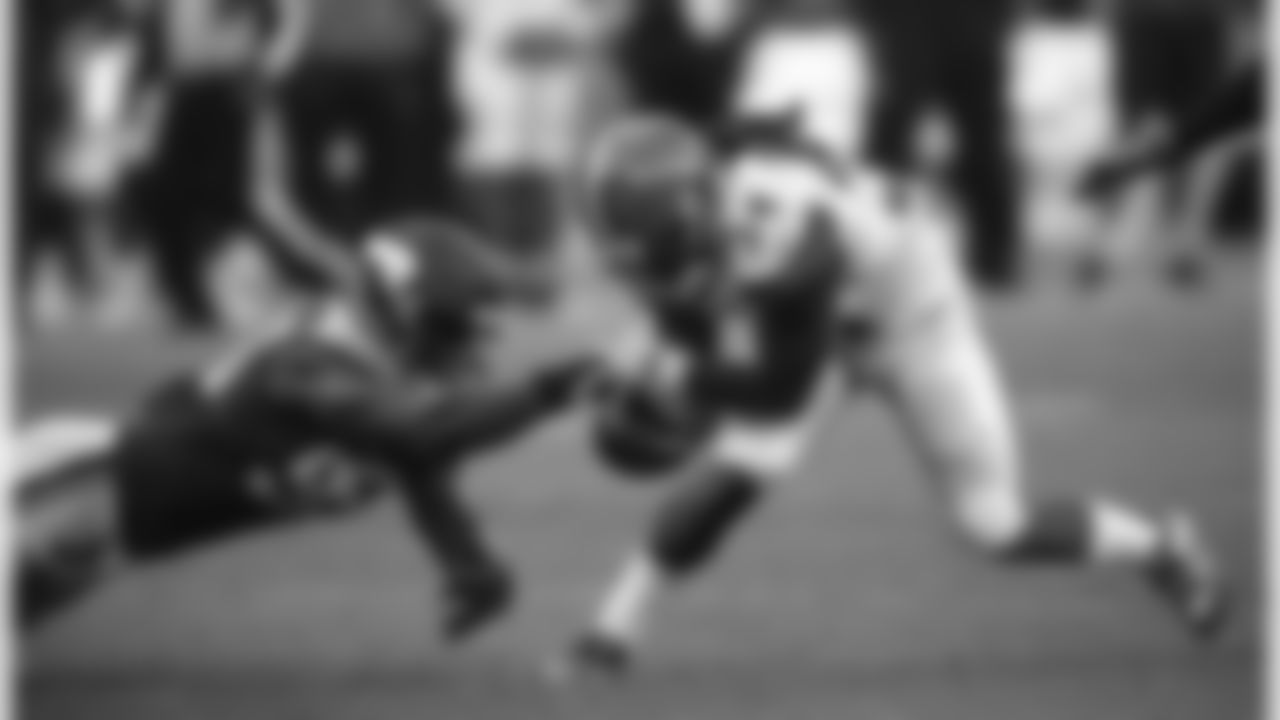
2017 Vikings at Browns
Vikings won 33-16 at Twickenham Stadium

2017 Vikings at Browns
Vikings won 33-16 at Twickenham Stadium

2017 Vikings at Browns
Vikings won 33-16 at Twickenham Stadium
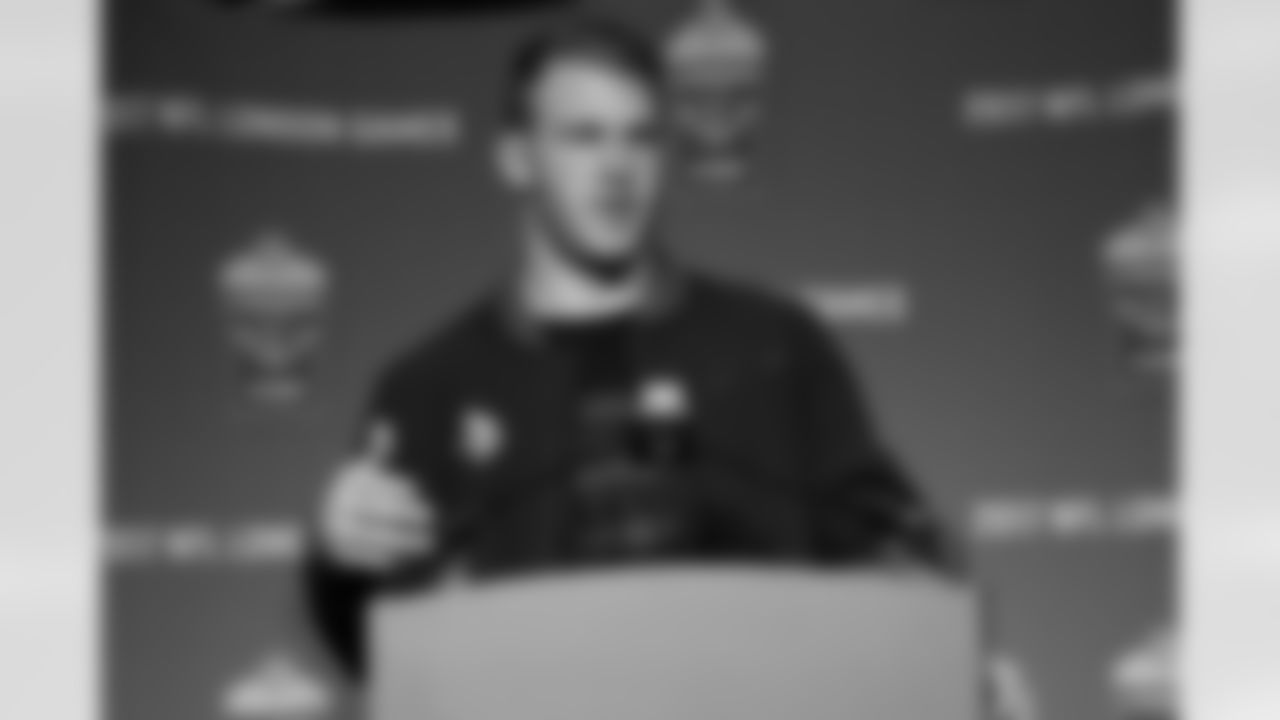
2017 Vikings at Browns
Vikings won 33-16 at Twickenham Stadium

2022 Vikings at Saints
Vikings won 28-25 at Tottenham Hotspur Stadium

2022 Vikings at Saints
Vikings won 28-25 at Tottenham Hotspur Stadium

2022 Vikings at Saints
Vikings won 28-25 at Tottenham Hotspur Stadium
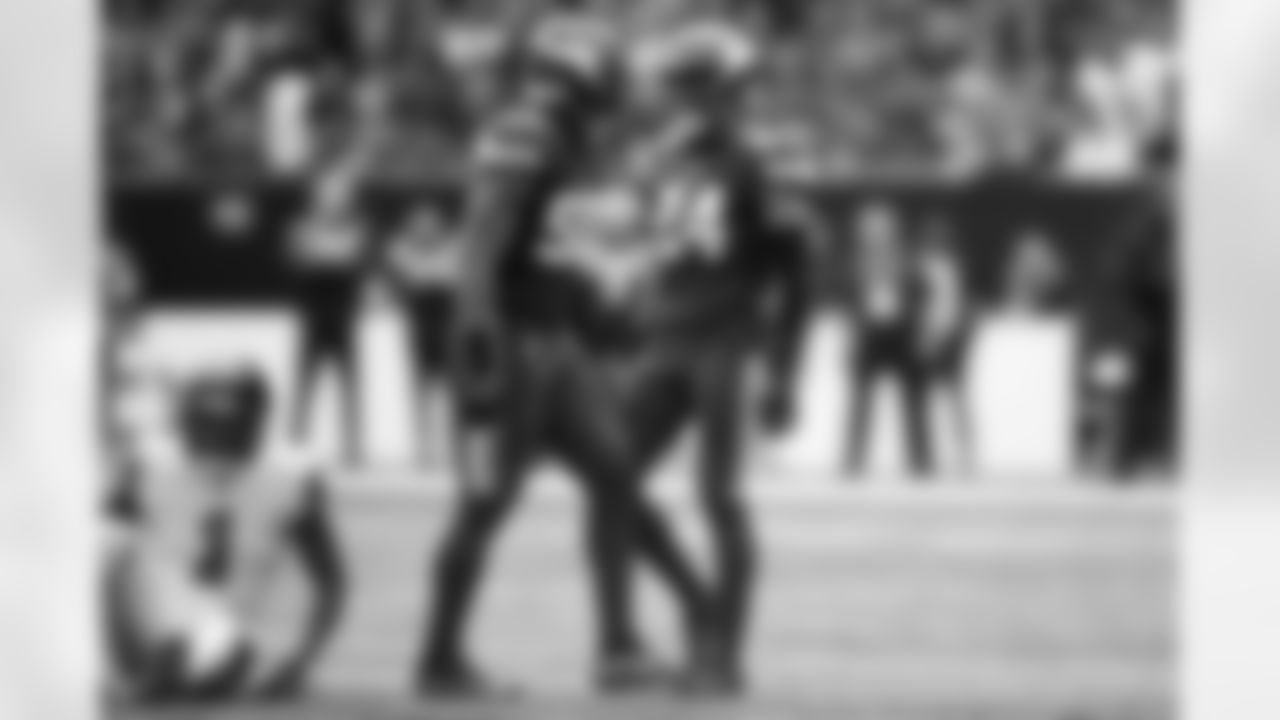
2022 Vikings at Saints
Vikings won 28-25 at Tottenham Hotspur Stadium
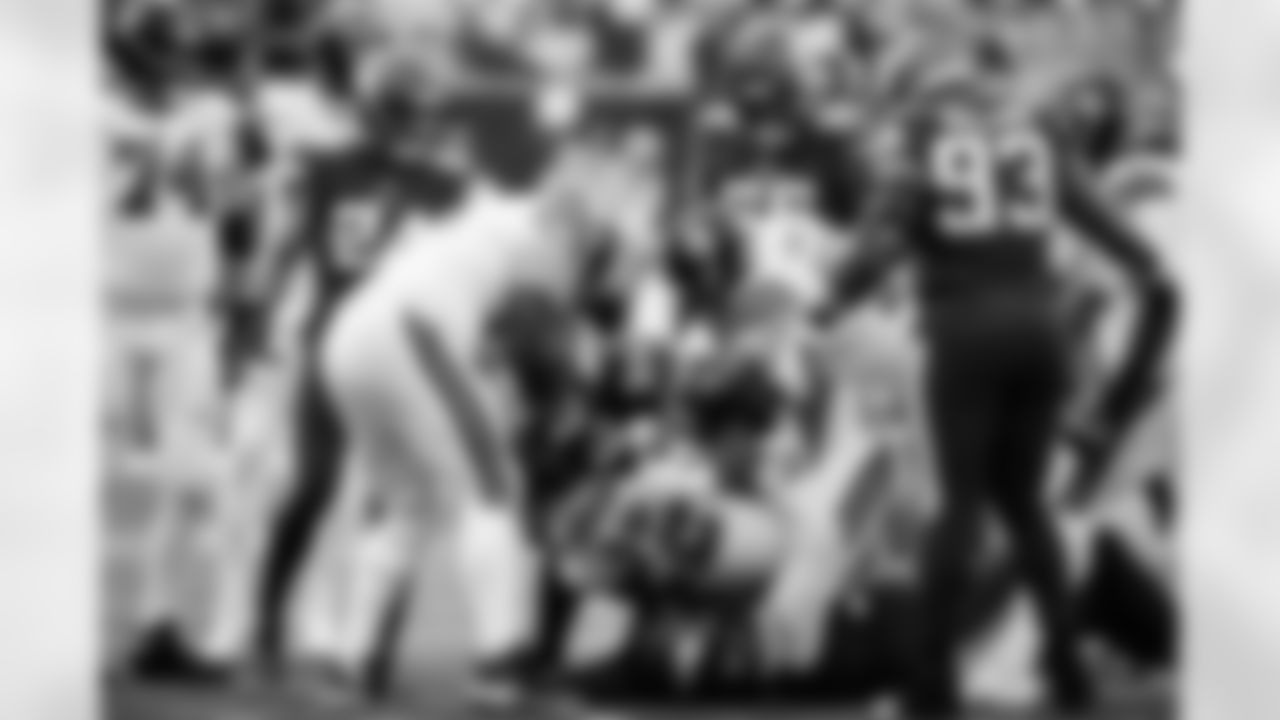
2022 Vikings at Saints
Vikings won 28-25 at Tottenham Hotspur Stadium
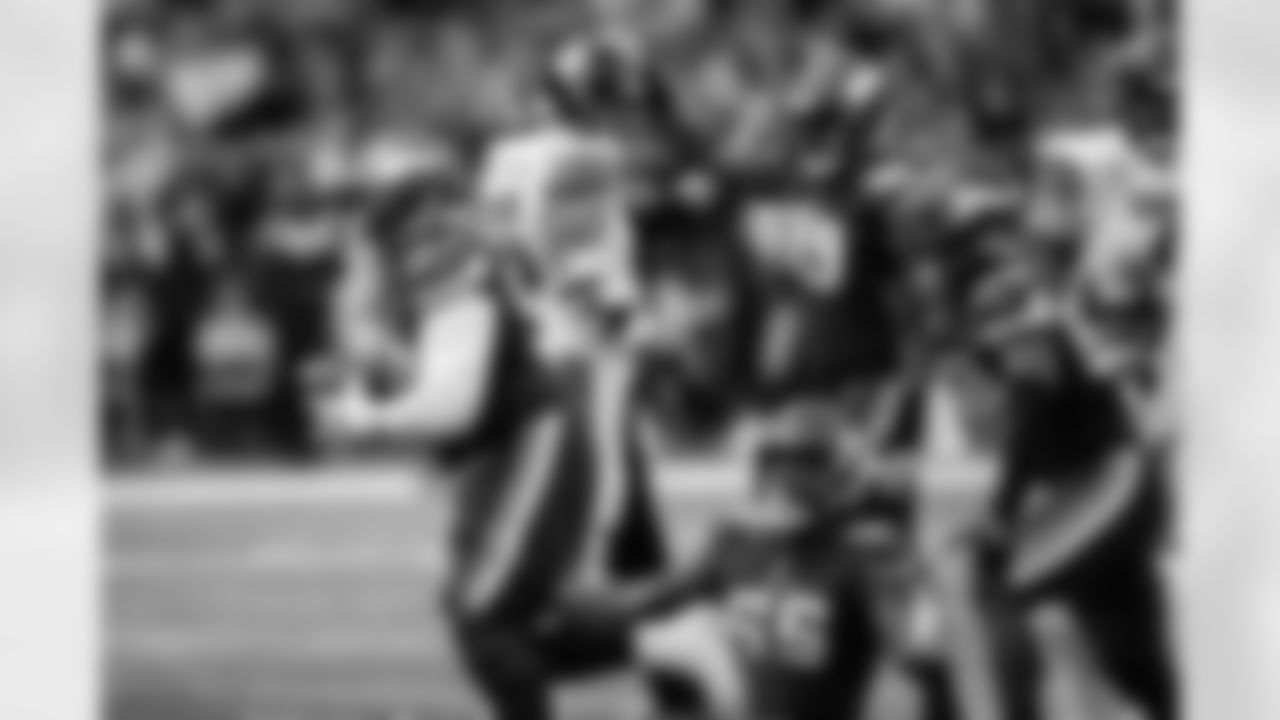
2022 Vikings at Saints
Vikings won 28-25 at Tottenham Hotspur Stadium
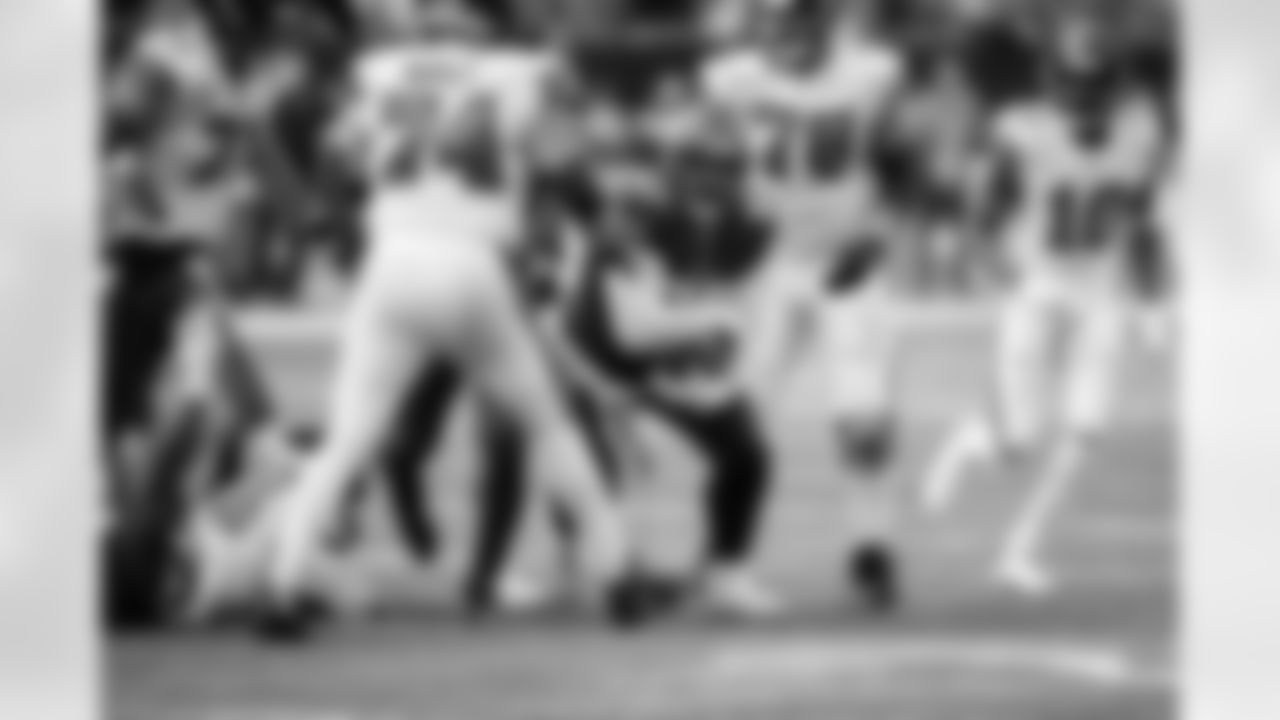
2022 Vikings at Saints
Vikings won 28-25 at Tottenham Hotspur Stadium

2022 Vikings at Saints
Vikings won 28-25 at Tottenham Hotspur Stadium
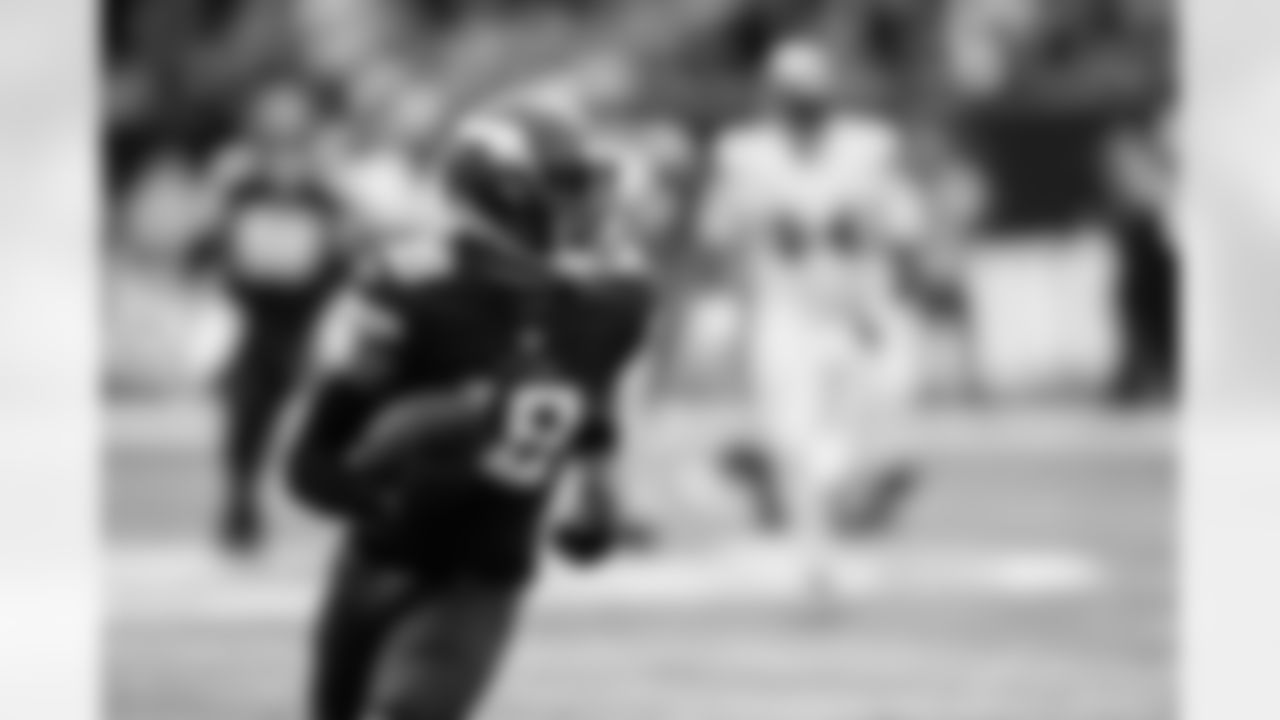
2022 Vikings at Saints
Vikings won 28-25 at Tottenham Hotspur Stadium

2022 Vikings at Saints
Vikings won 28-25 at Tottenham Hotspur Stadium
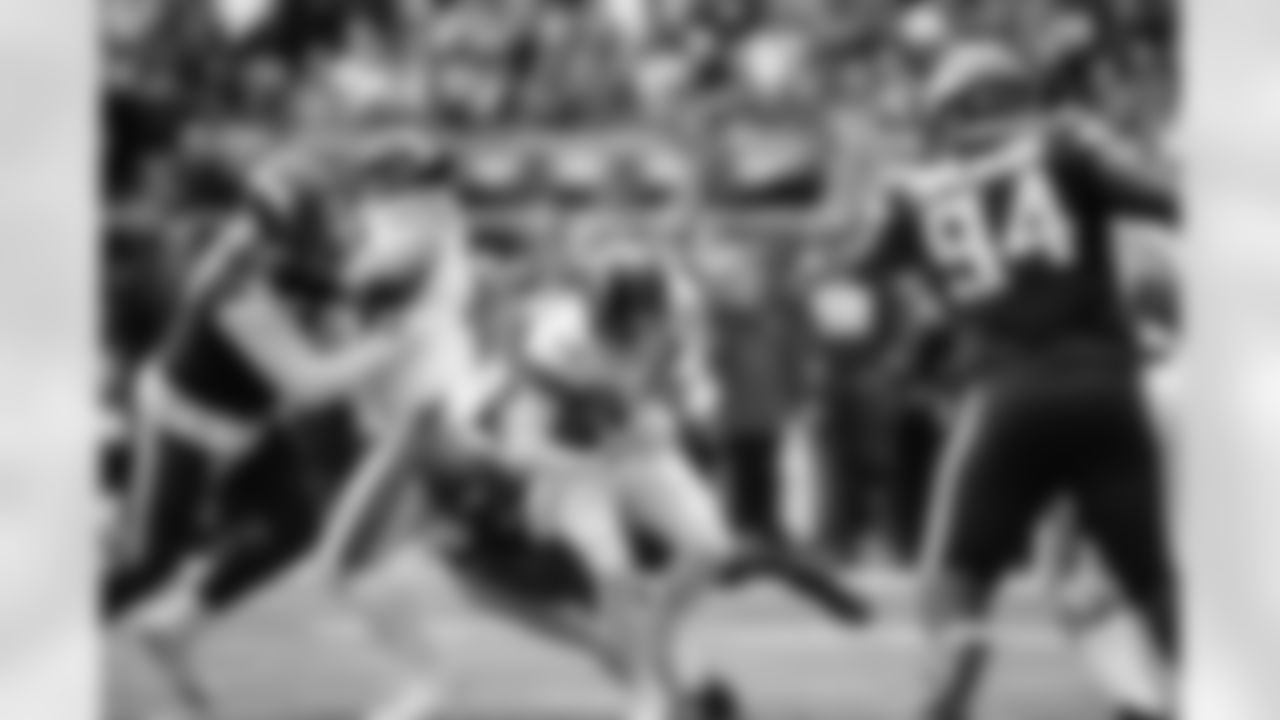
2022 Vikings at Saints
Vikings won 28-25 at Tottenham Hotspur Stadium

2022 Vikings at Saints
Vikings won 28-25 at Tottenham Hotspur Stadium

2024 Vikings vs. Jets
Vikings won 23-17
Tottenham Hotspur Stadium

2024 Vikings vs. Jets
Vikings won 23-17
Tottenham Hotspur Stadium
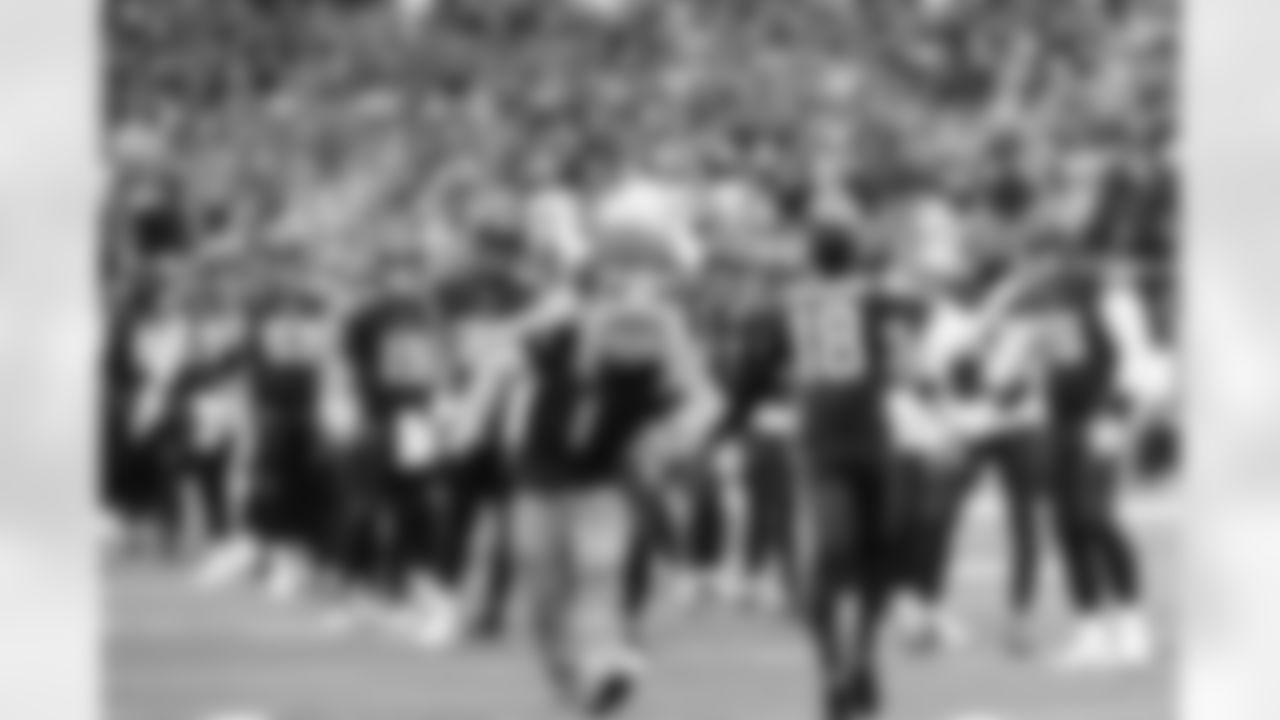
2024 Vikings vs. Jets
Vikings won 23-17
Tottenham Hotspur Stadium

2024 Vikings vs. Jets
Vikings won 23-17
Tottenham Hotspur Stadium
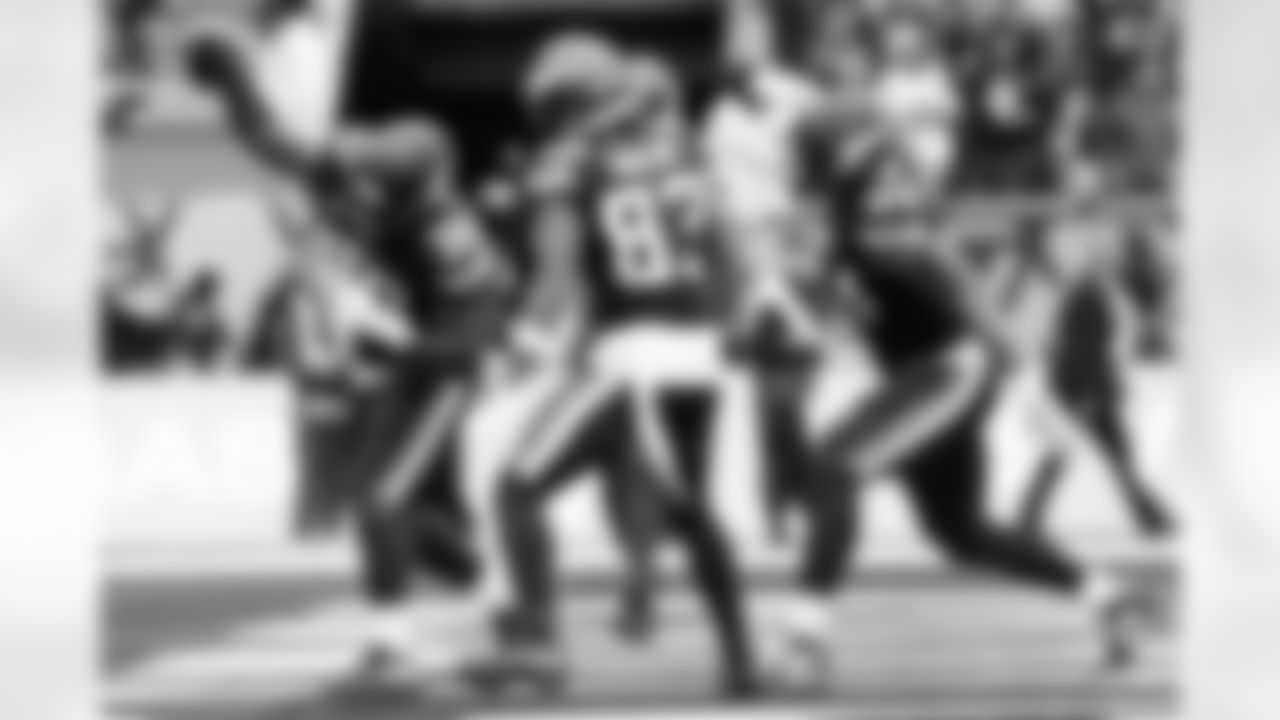
2024 Vikings vs. Jets
Vikings won 23-17
Tottenham Hotspur Stadium

2024 Vikings vs. Jets
Vikings won 23-17
Tottenham Hotspur Stadium

2024 Vikings vs. Jets
Vikings won 23-17
Tottenham Hotspur Stadium

2024 Vikings vs. Jets
Vikings won 23-17
Tottenham Hotspur Stadium

2024 Vikings vs. Jets
Vikings won 23-17
Tottenham Hotspur Stadium
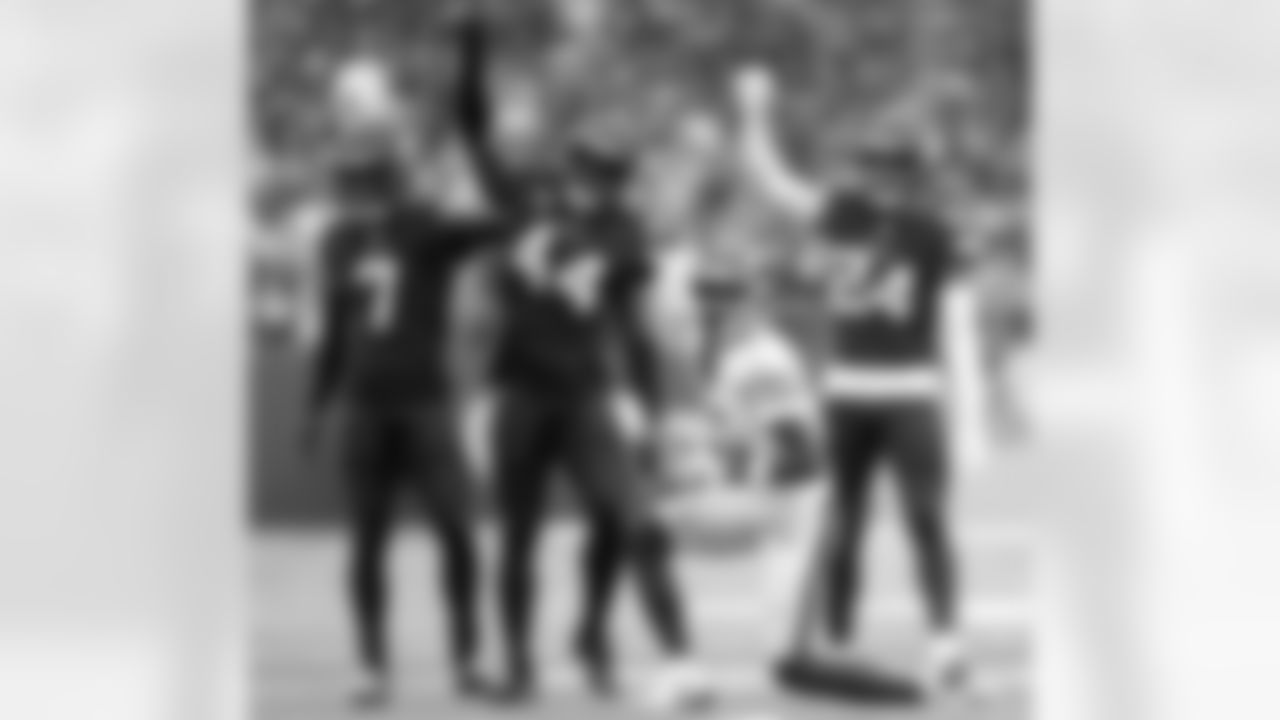
2024 Vikings vs. Jets
Vikings won 23-17
Tottenham Hotspur Stadium
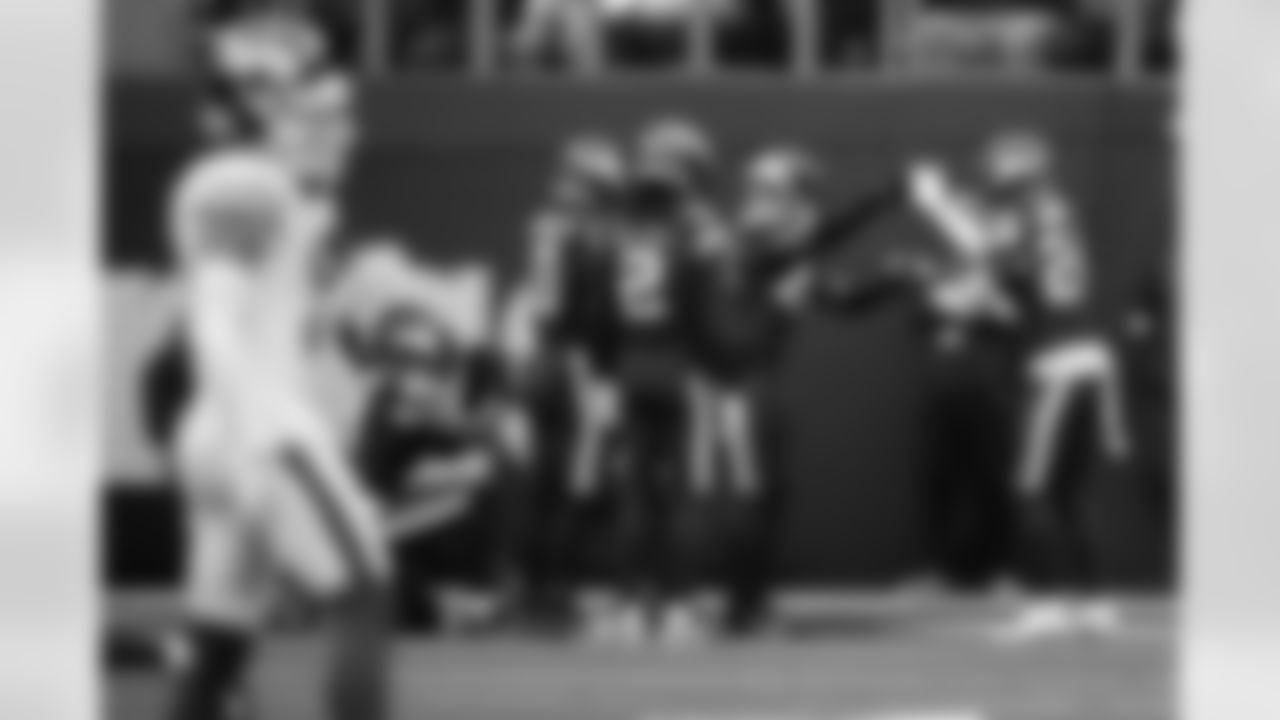
2024 Vikings vs. Jets
Vikings won 23-17
Tottenham Hotspur Stadium

2024 Vikings vs. Jets
Vikings won 23-17
Tottenham Hotspur Stadium

2024 Vikings vs. Jets
Vikings won 23-17
Tottenham Hotspur Stadium
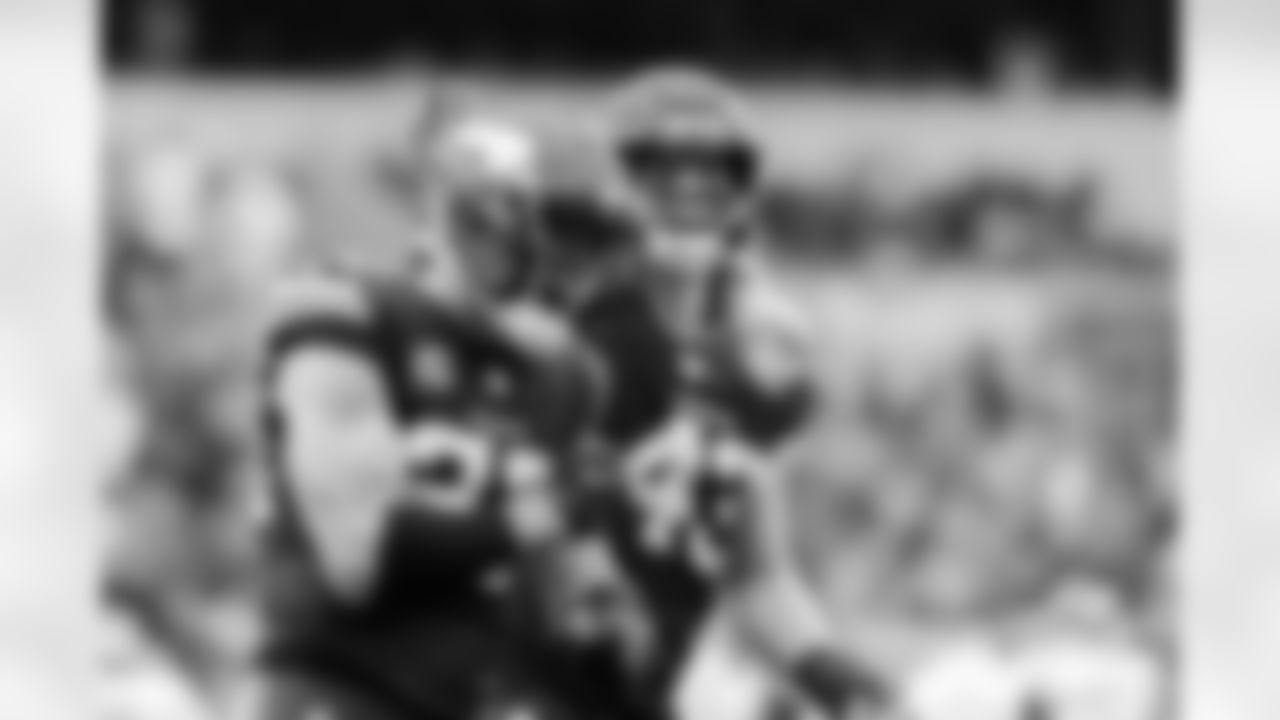
2024 Vikings vs. Jets
Vikings won 23-17
Tottenham Hotspur Stadium
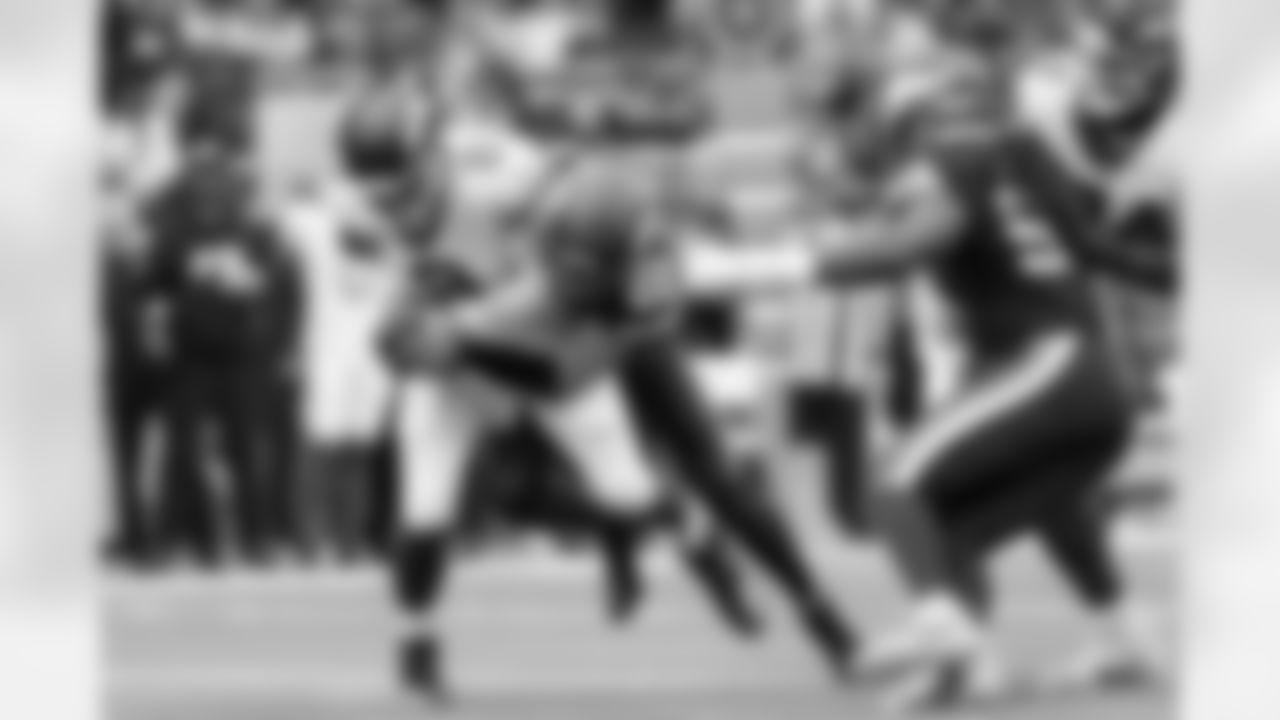
2024 Vikings vs. Jets
Vikings won 23-17
Tottenham Hotspur Stadium
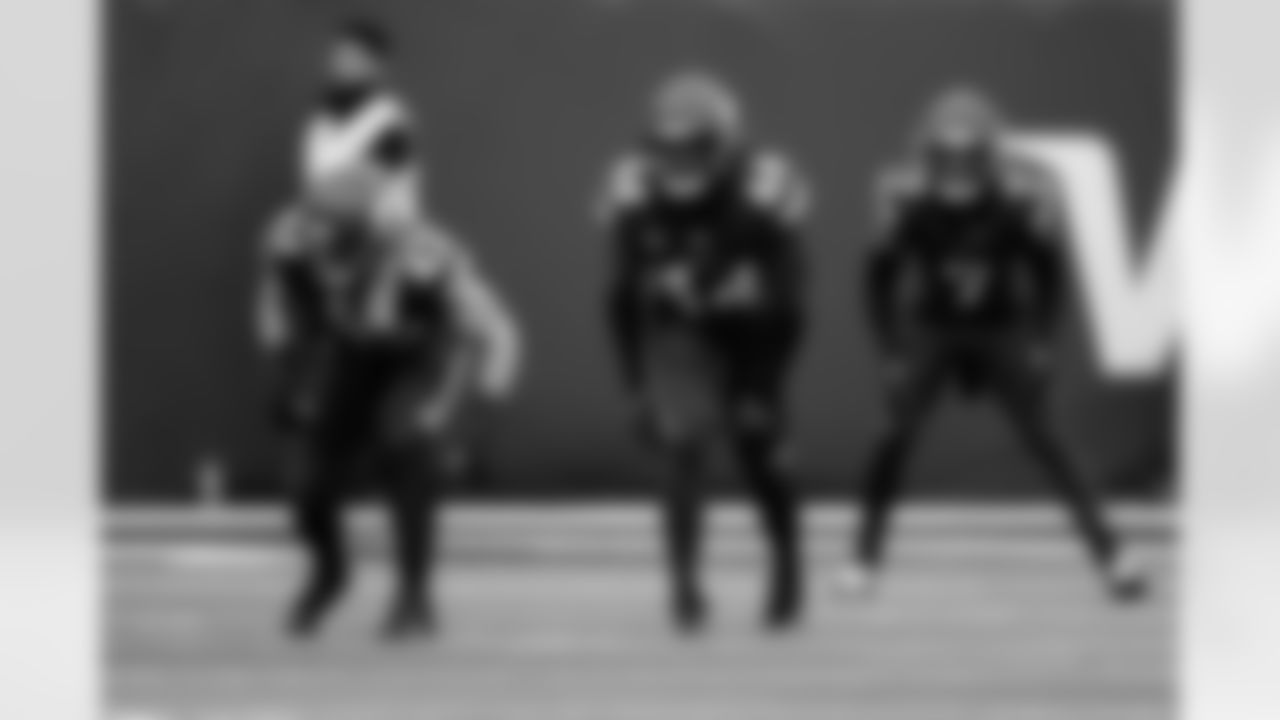
2024 Vikings vs. Jets
Vikings won 23-17
Tottenham Hotspur Stadium
The Vikings of course aren't alone in dealing with attrition.
Their Week 5 opponent, Cleveland, was exposed in pass protection on Sunday without starting tackles Dawand Jones and Jack Conklin; a surge in pressure contributed to a shaky day for Browns QB Joe Flacco.
Daniel Oyefusi of ESPN commented on the state of Cleveland's o-line:
The Browns didn't give their backup tackles help against Lions edge rusher Aidan Hutchinson. Cleveland left Cornelius Lucas, filling in for Conklin, alone for all 17 of his matchups with Hutchinson, per NFL Next Gen Stats. Hutchinson made Cleveland pay, recording two sacks and five pressures [in those scenarios].
Oyefusi also wondered how much longer Cleveland can afford to roll with Flacco:
Flacco threw a pair of first-half interceptions and lost a fumble in the second half, increasing his season total to a league-high eight giveaways. All the turnovers haven't been Flacco's fault, but they contributed to 17 points for the Lions and have been at the center of Cleveland's 1-3 start. Flacco's six interceptions are the most by a Browns QB through the first four games of a season since Baker Mayfield's six in 2019.
Conklin, by the way, has missed three consecutive games due to an elbow injury, and Jones recently underwent season-ending surgery for an LCL tear and a hamstring avulsion that he suffered in Week 3.
There's more questions than answers for Minnesota and Cleveland as they prepare to meet in London.
Look back at photos over the course of time featuring games between the Vikings and the Browns.
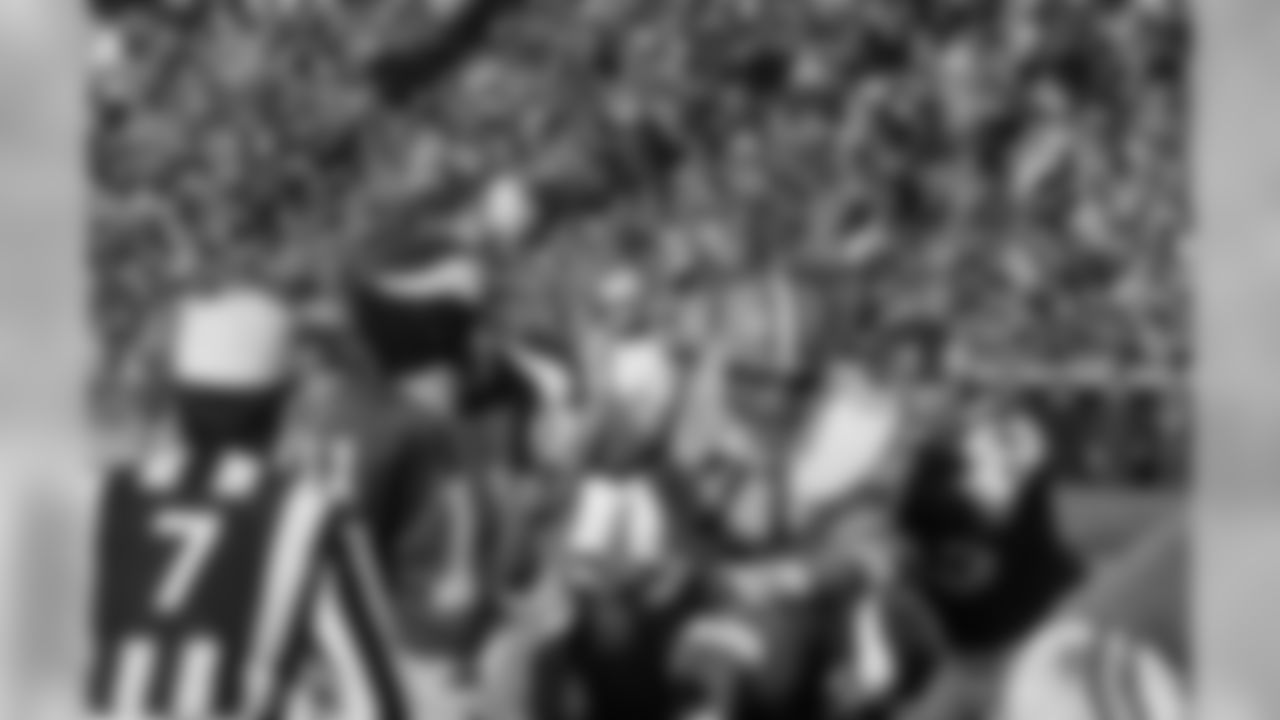
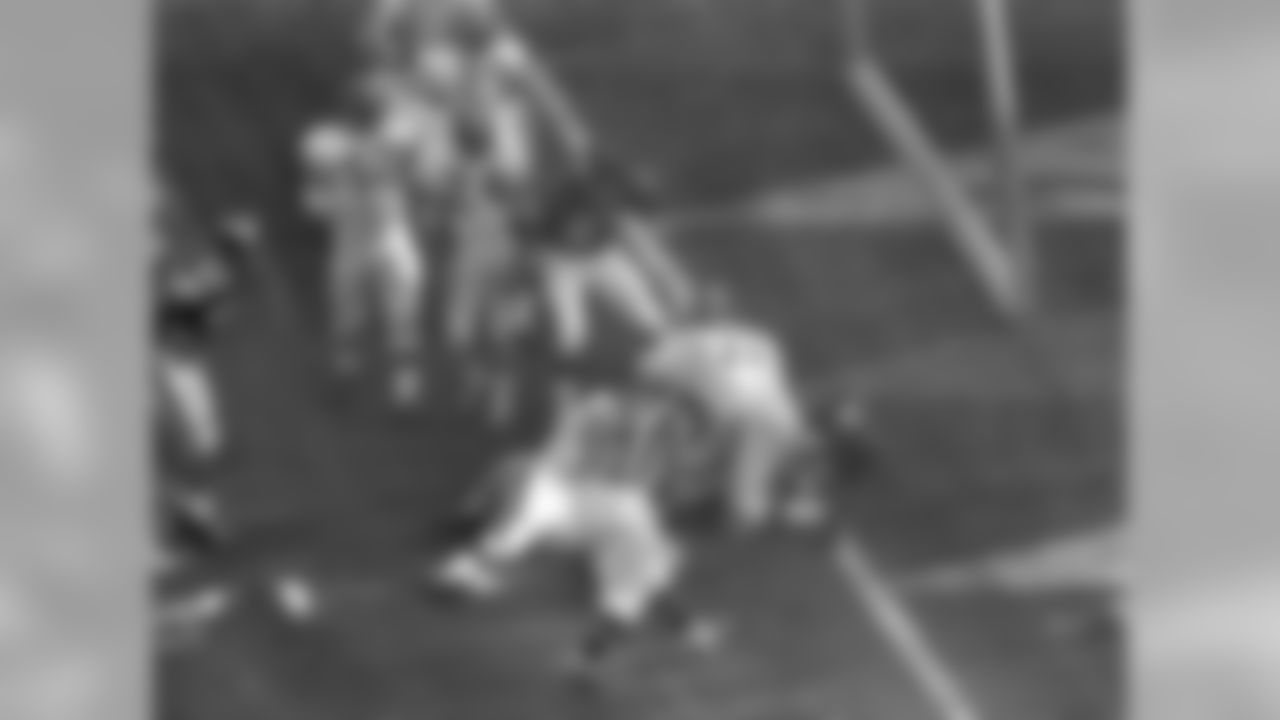
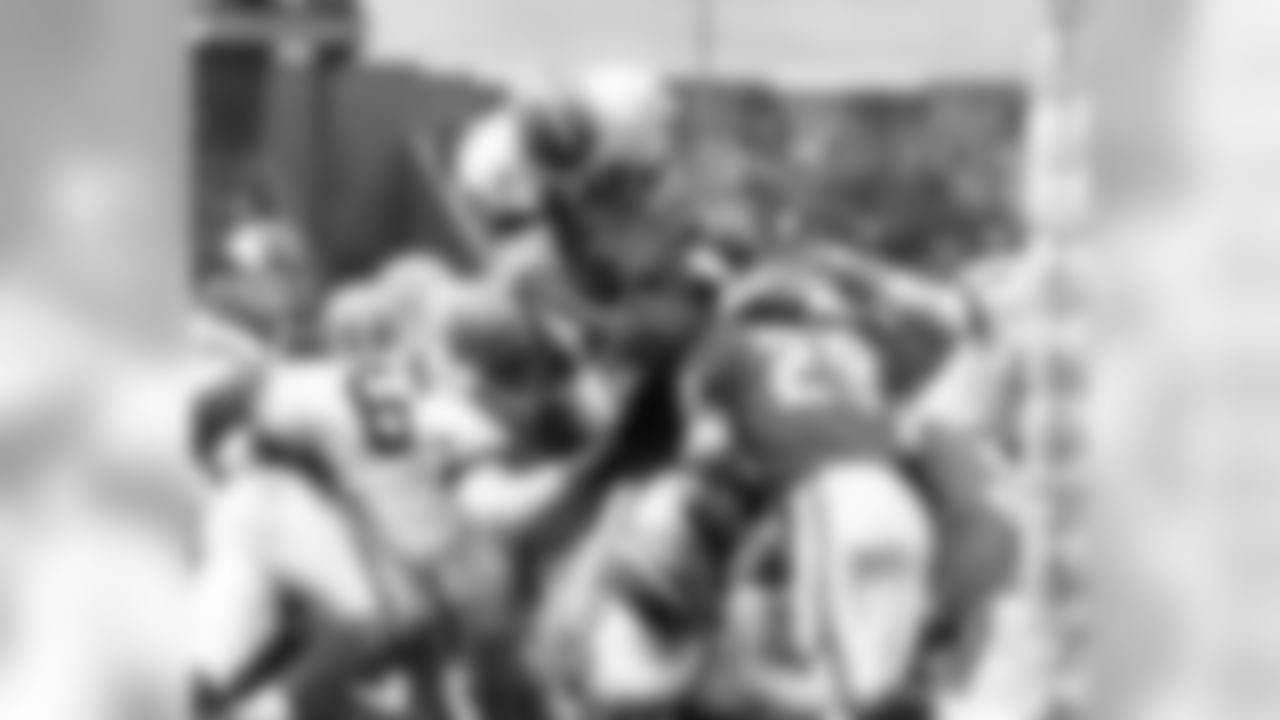
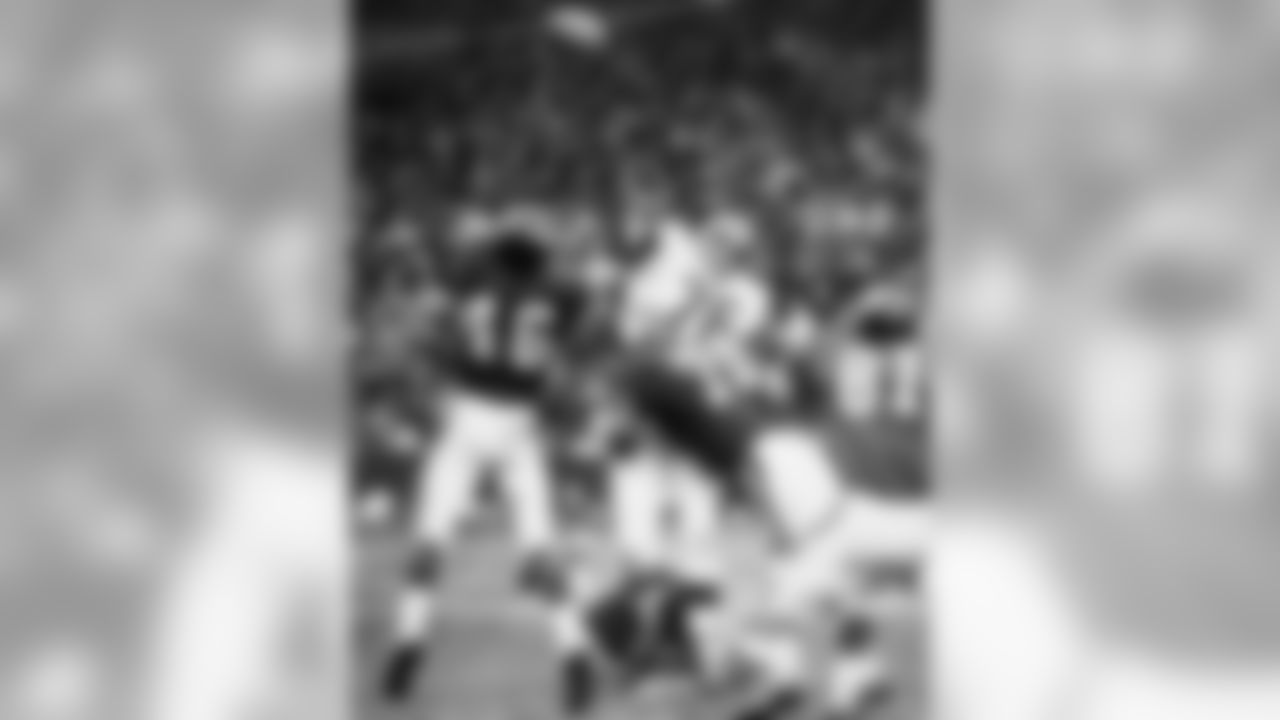


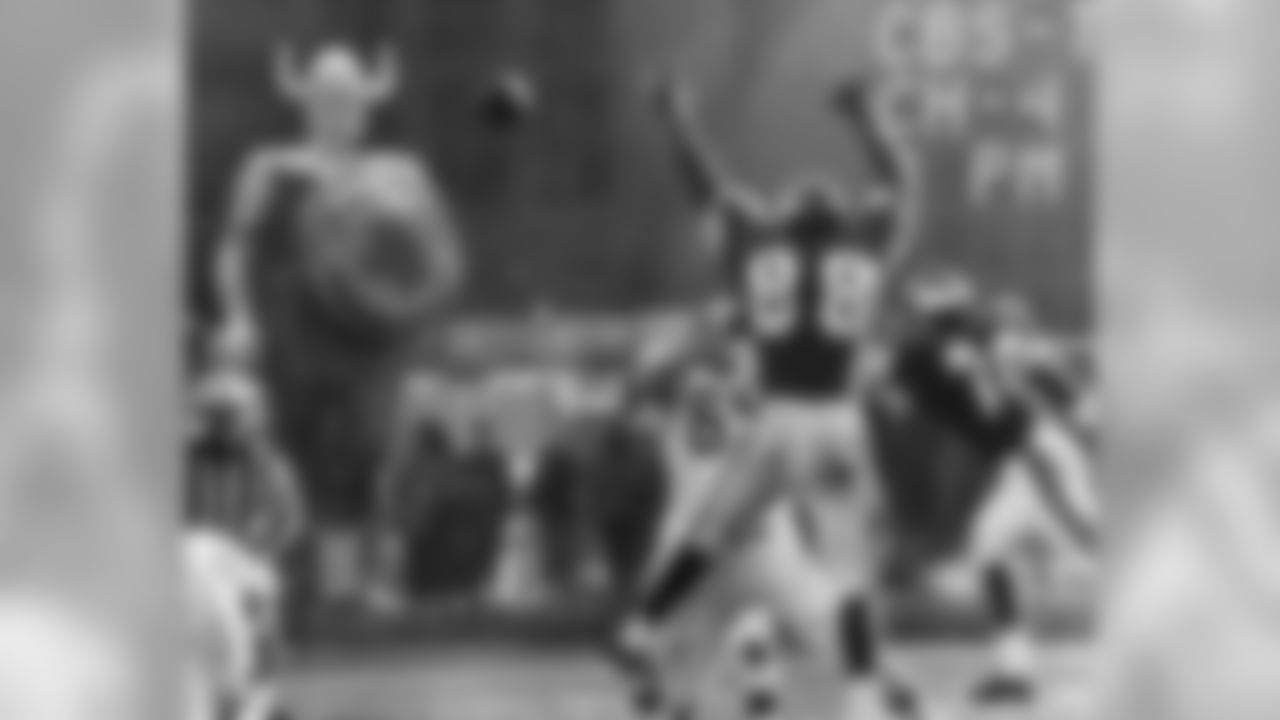
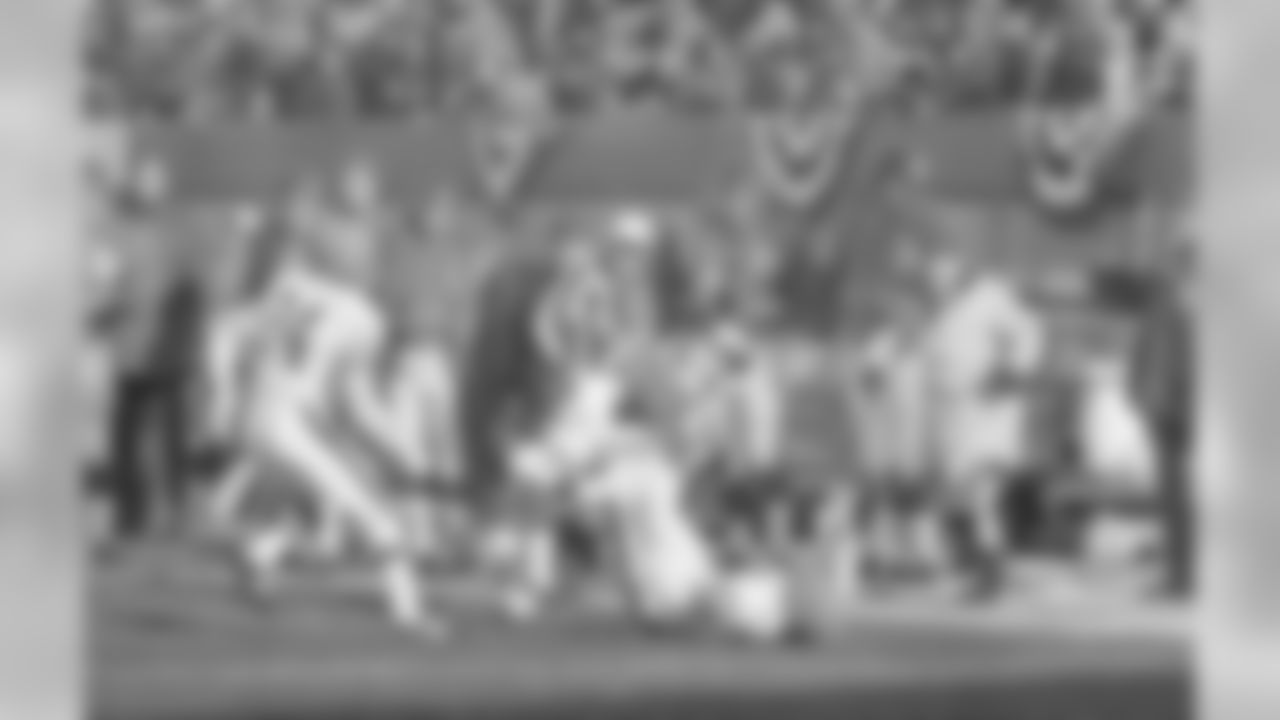

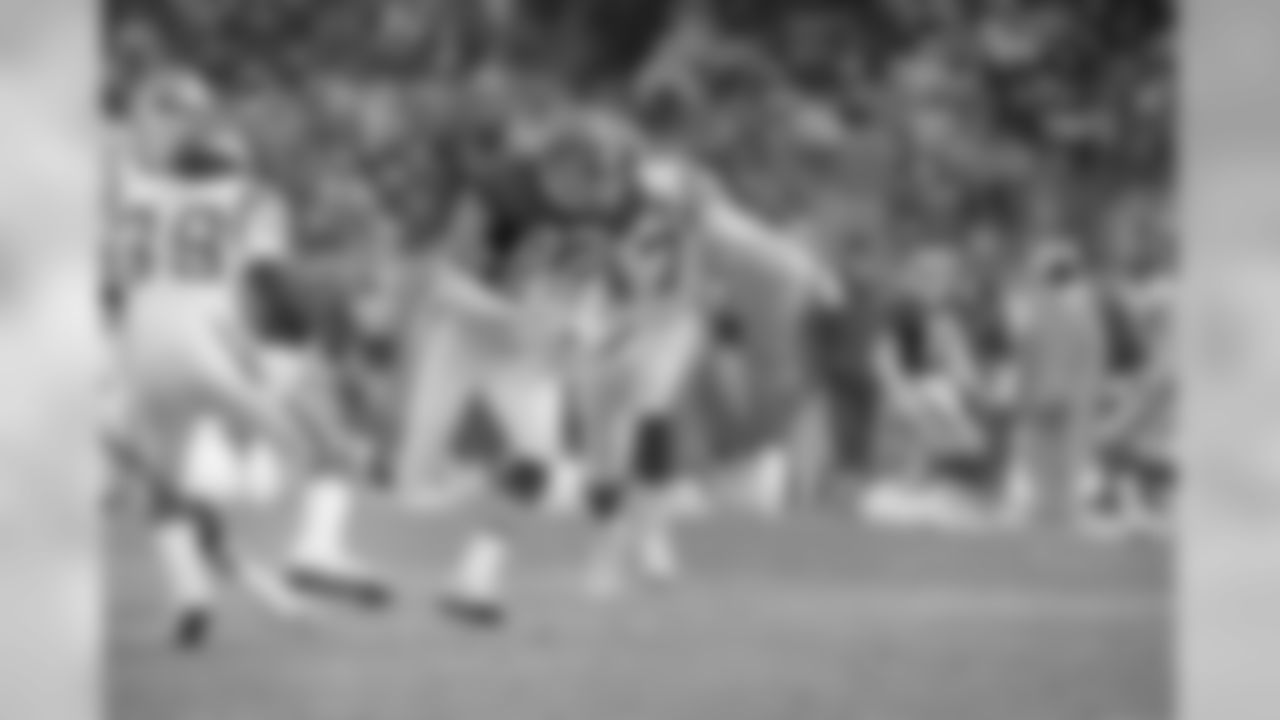
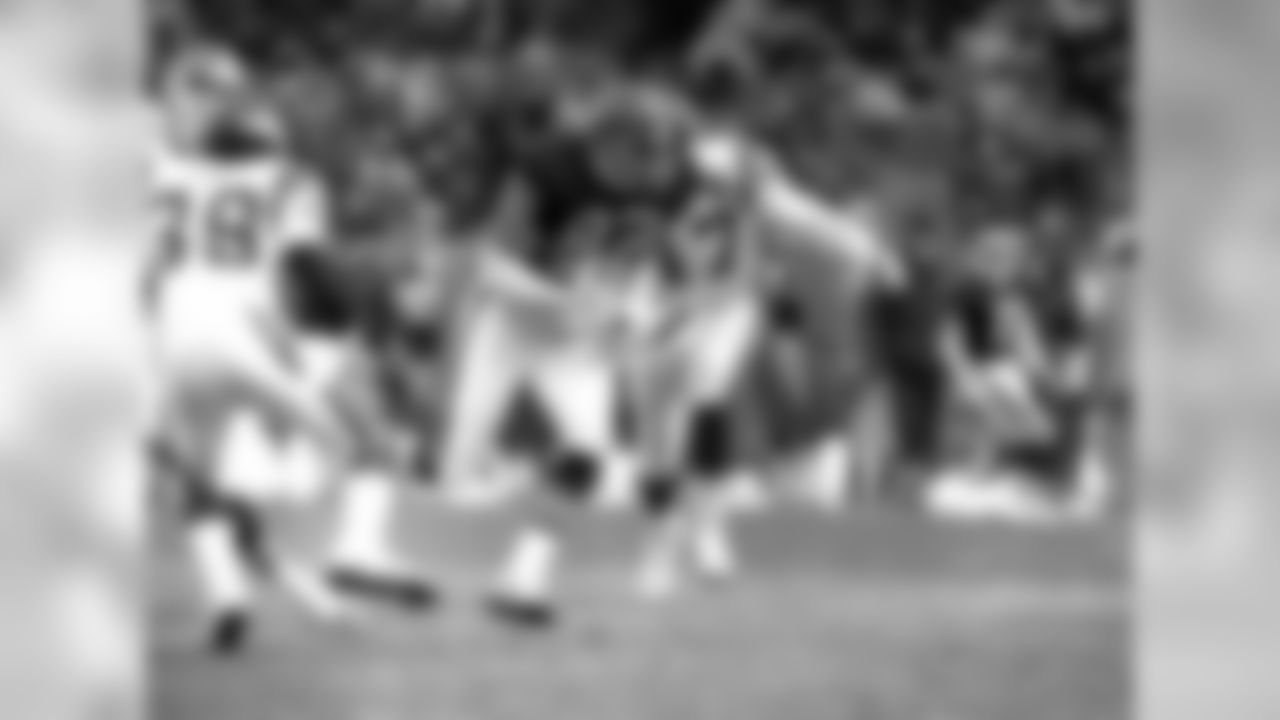
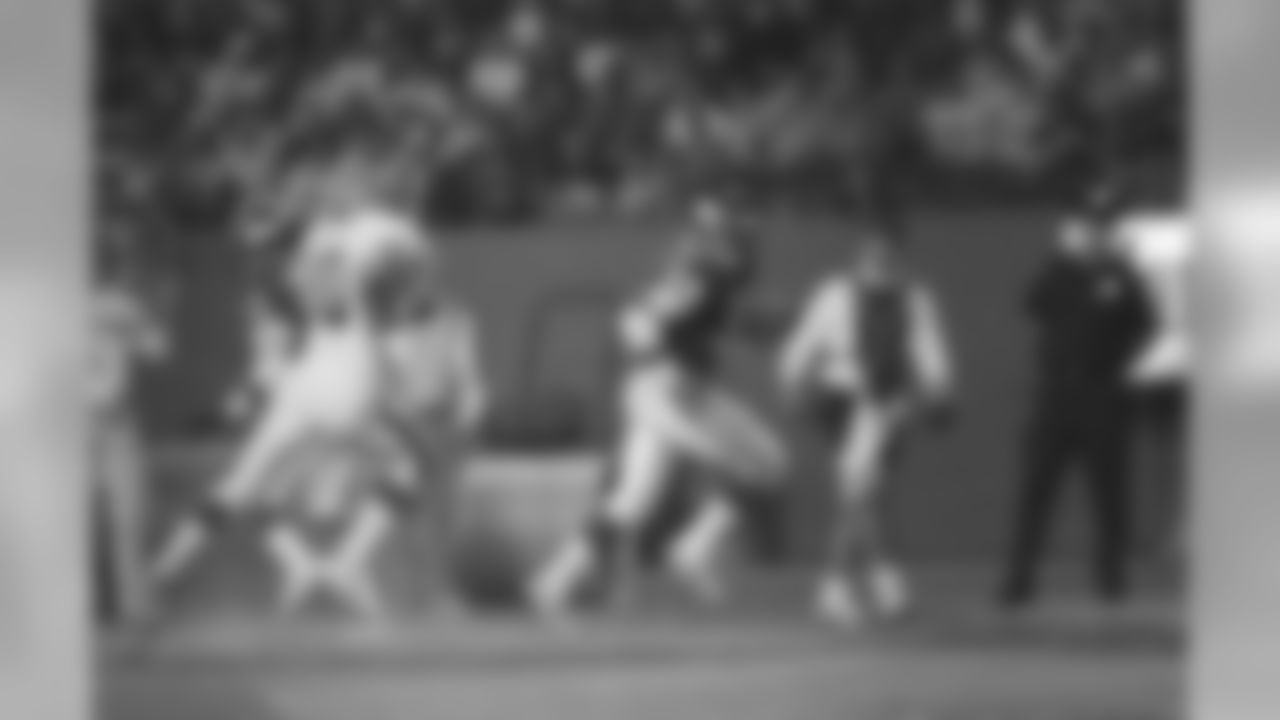


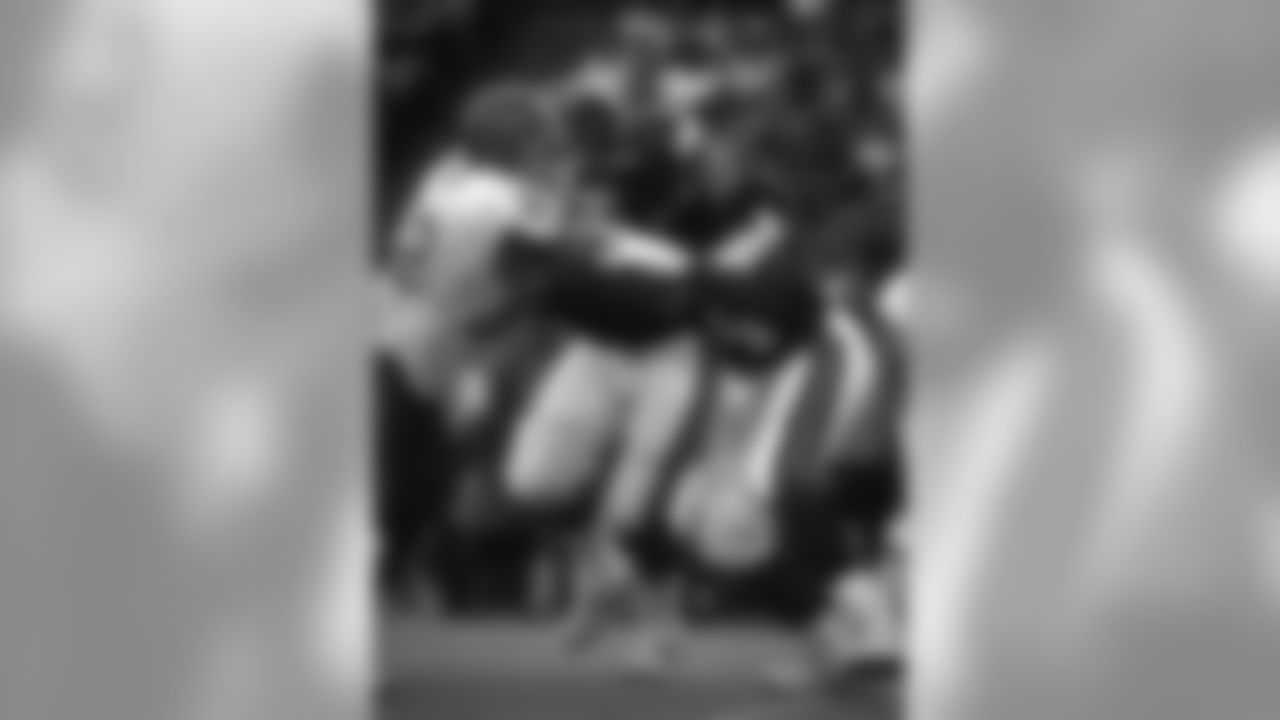
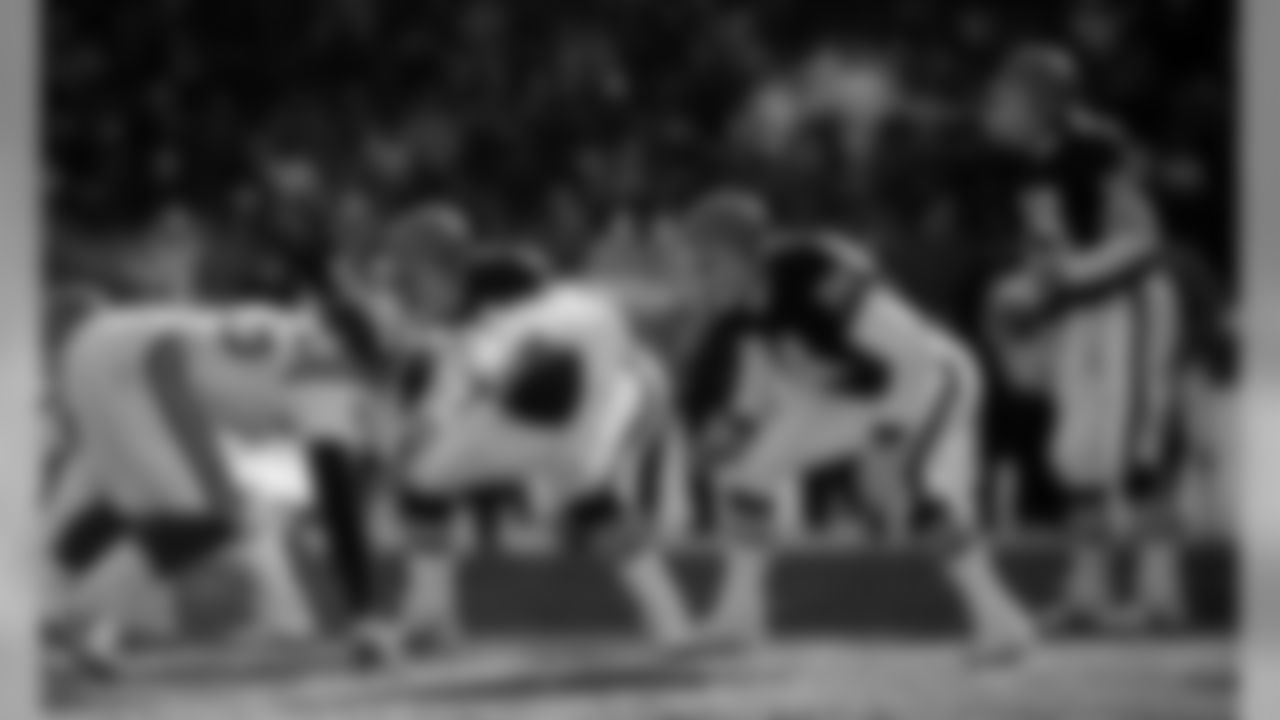

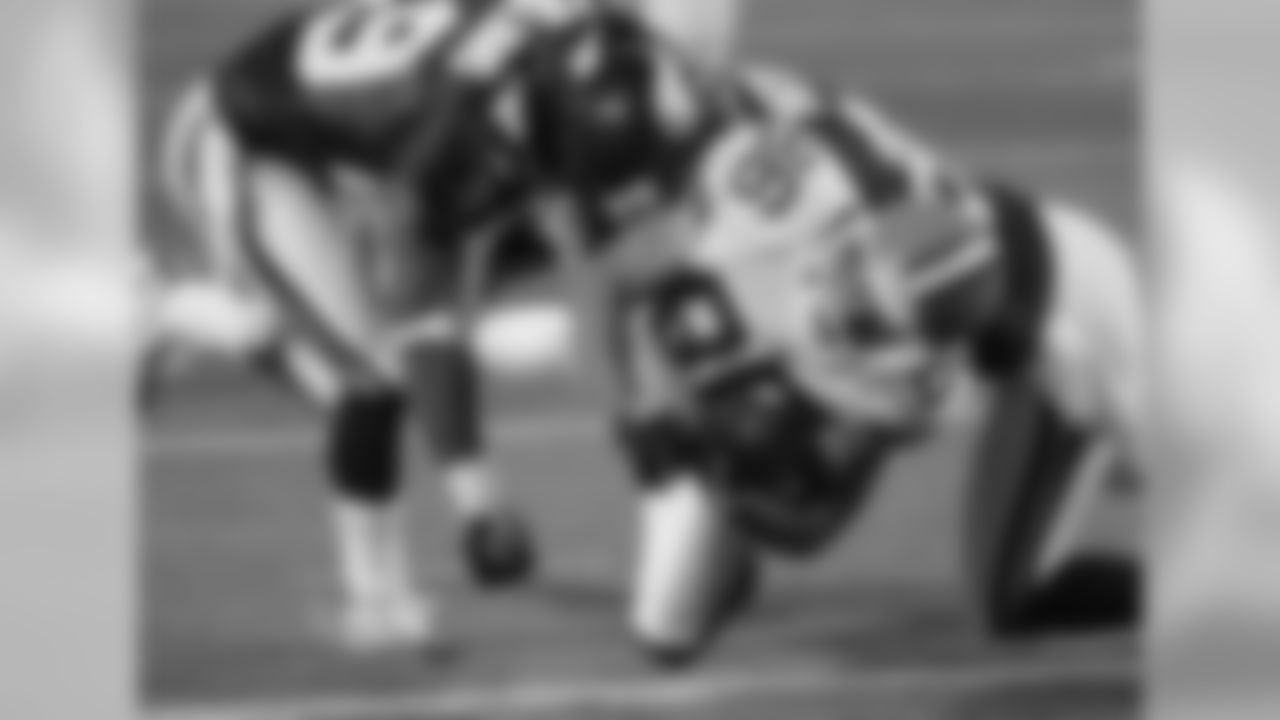

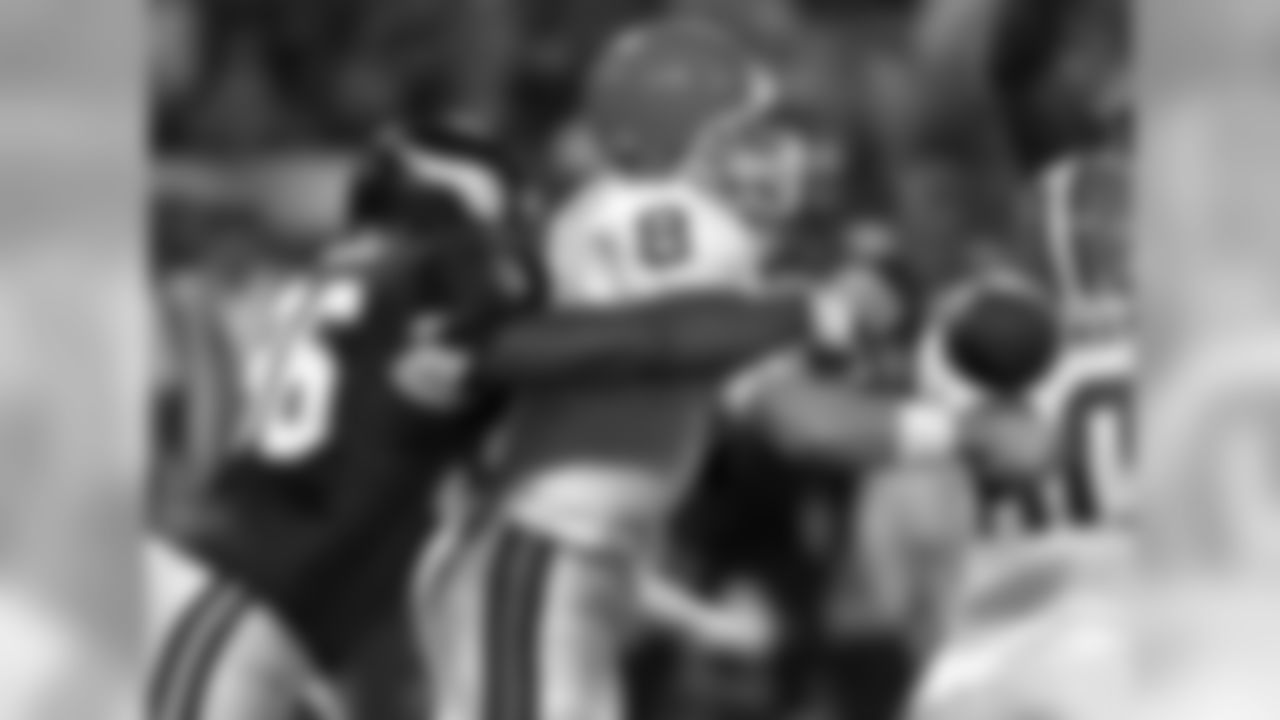

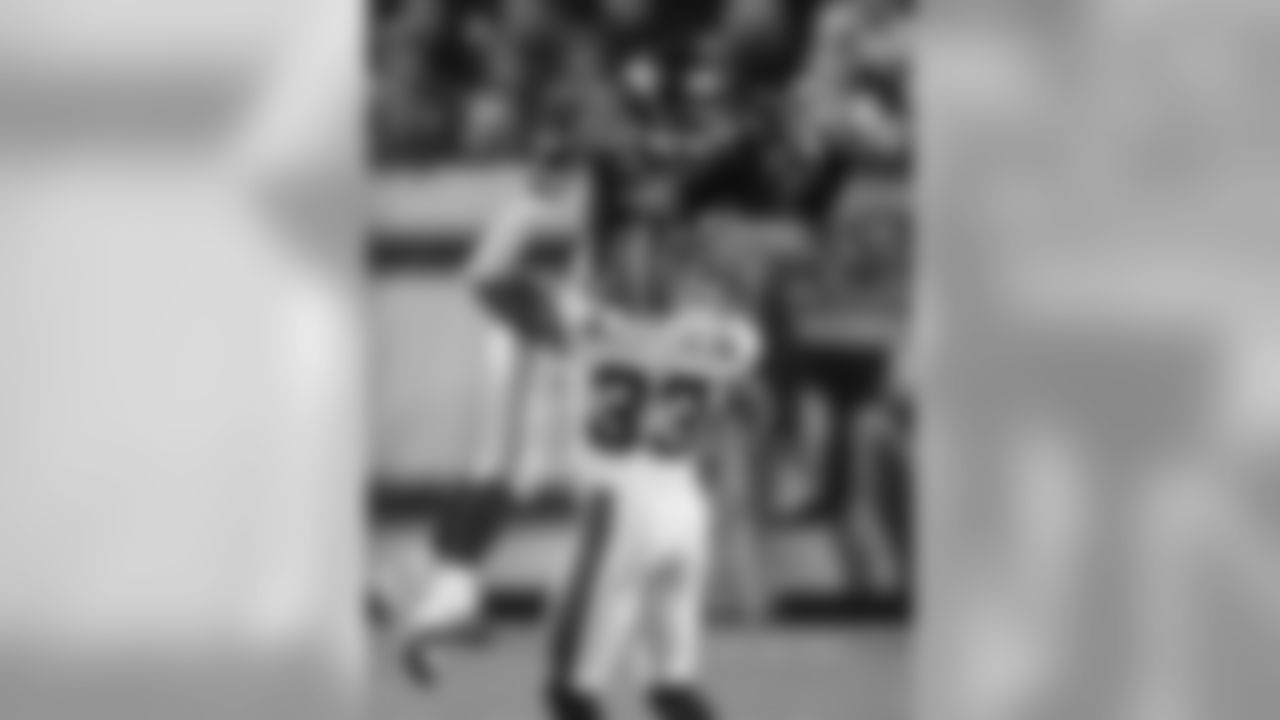

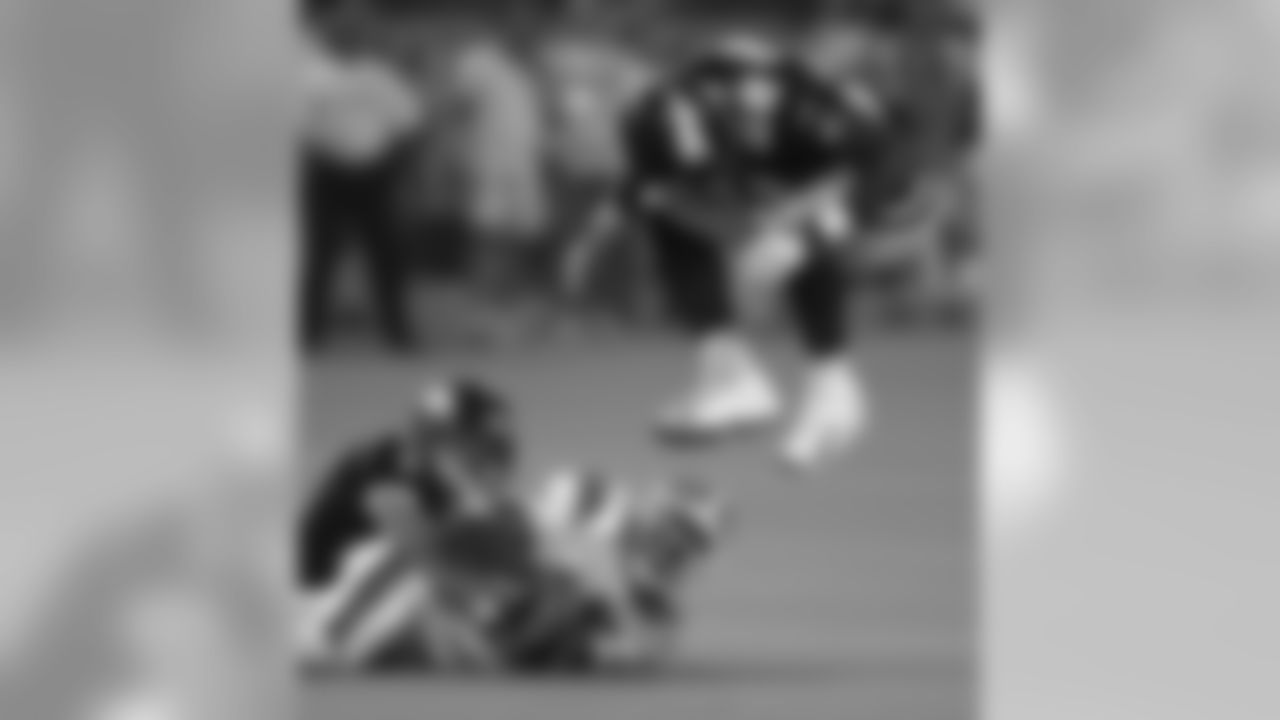

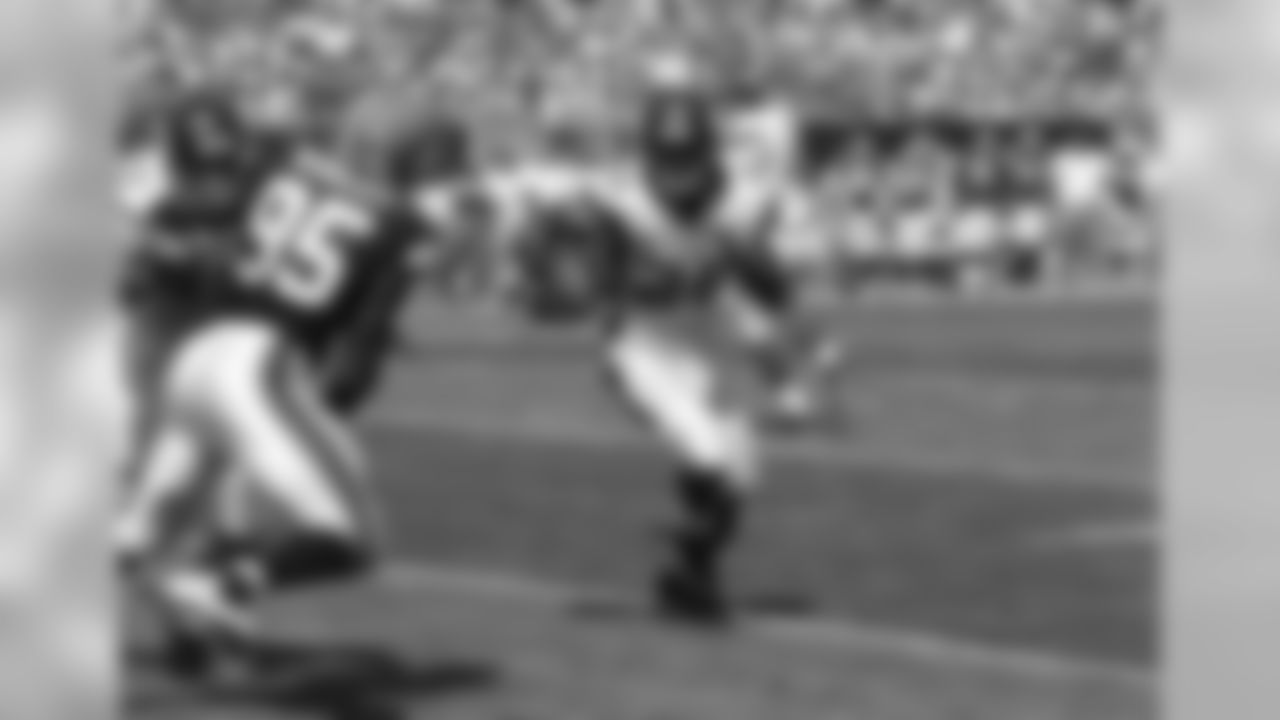


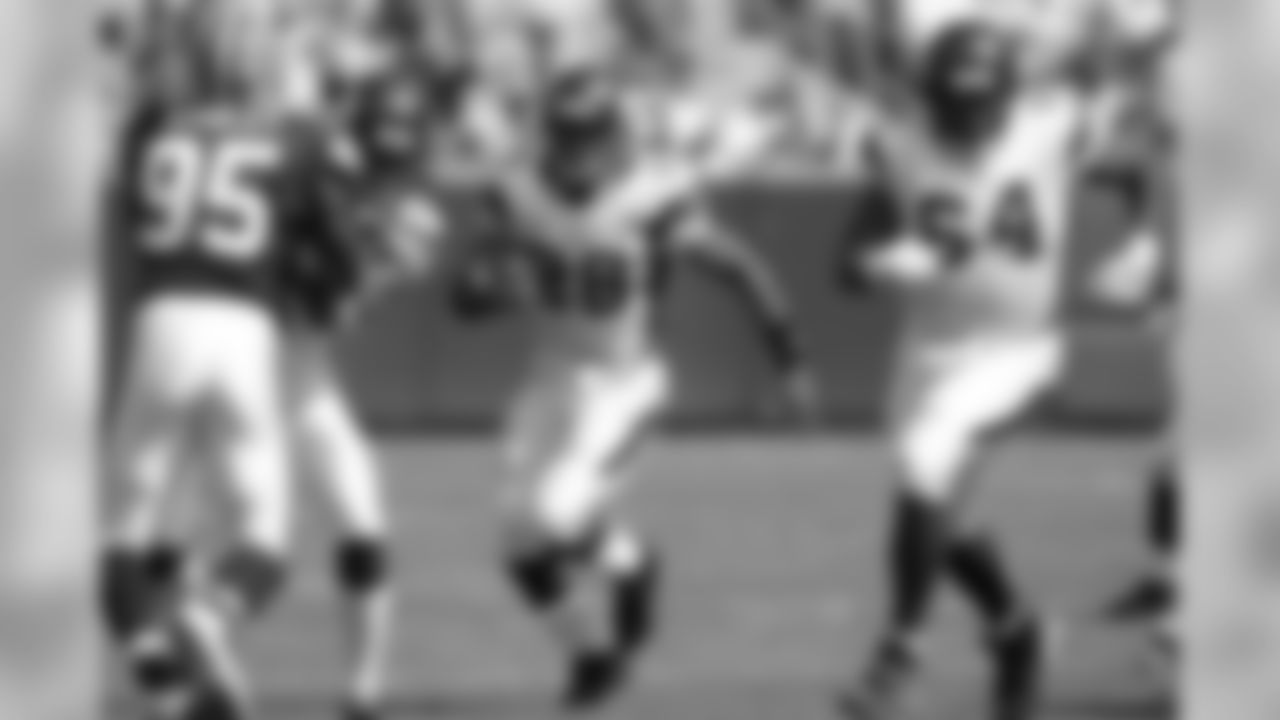
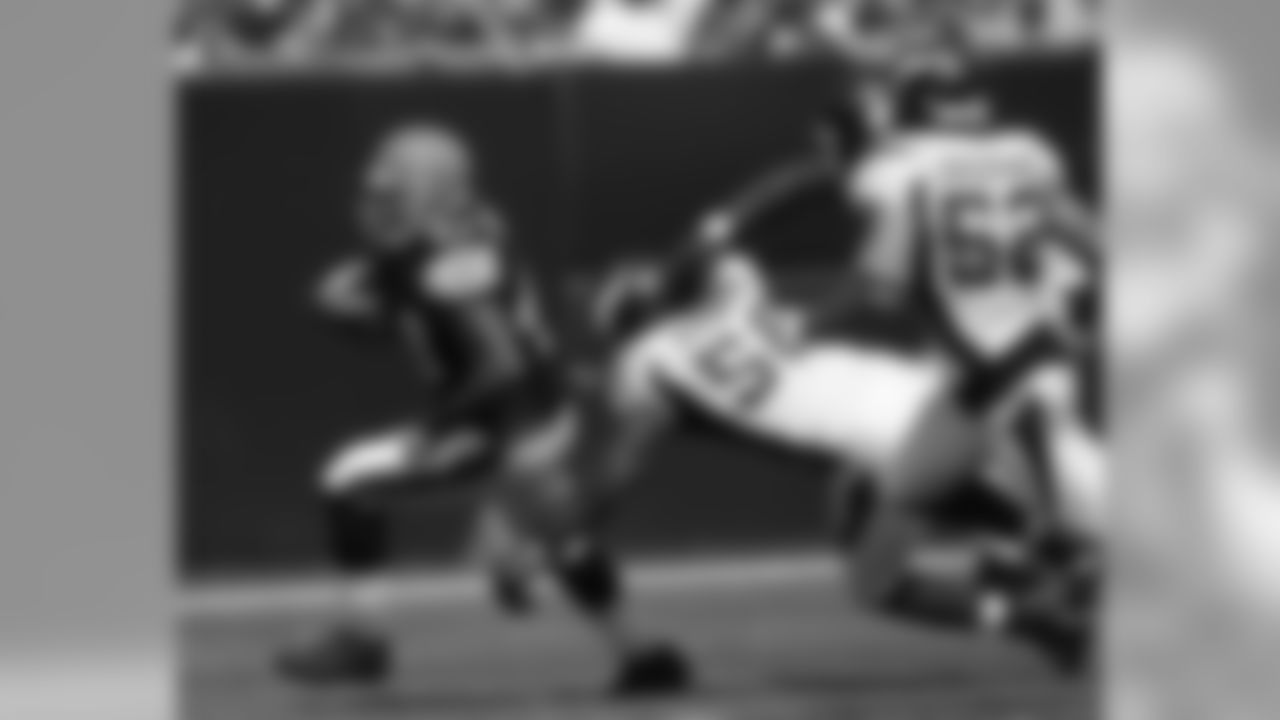
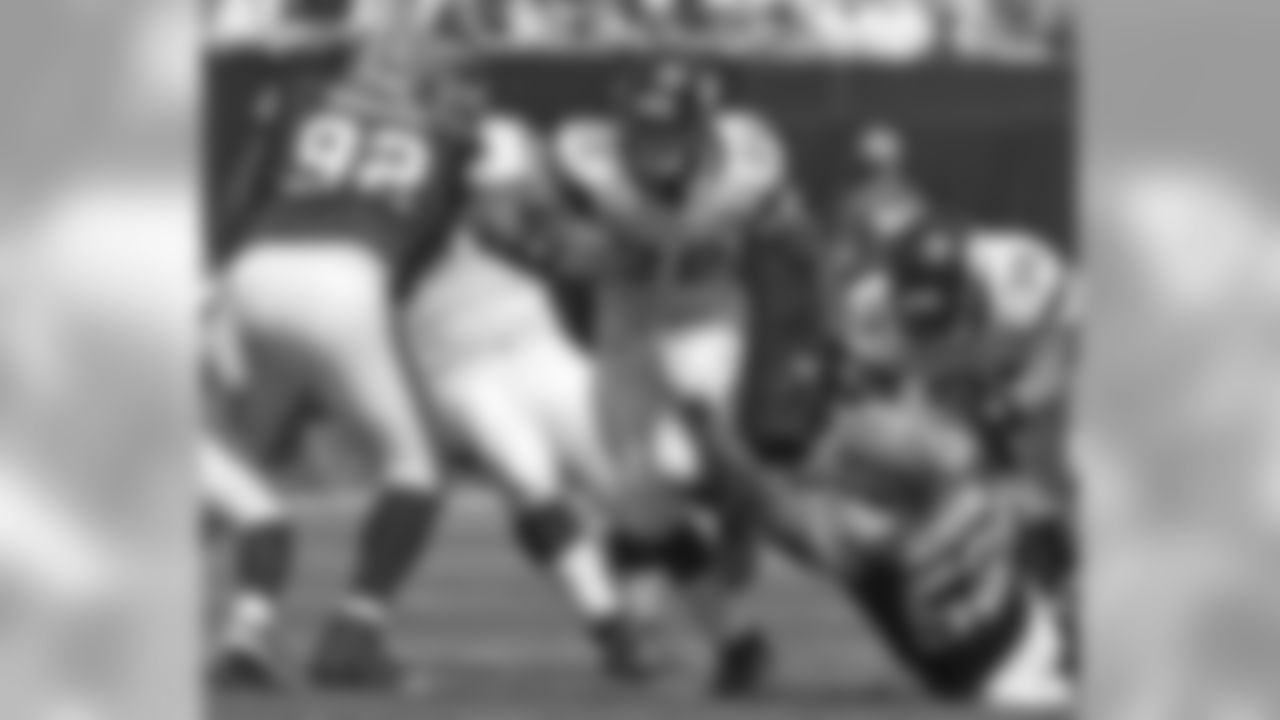
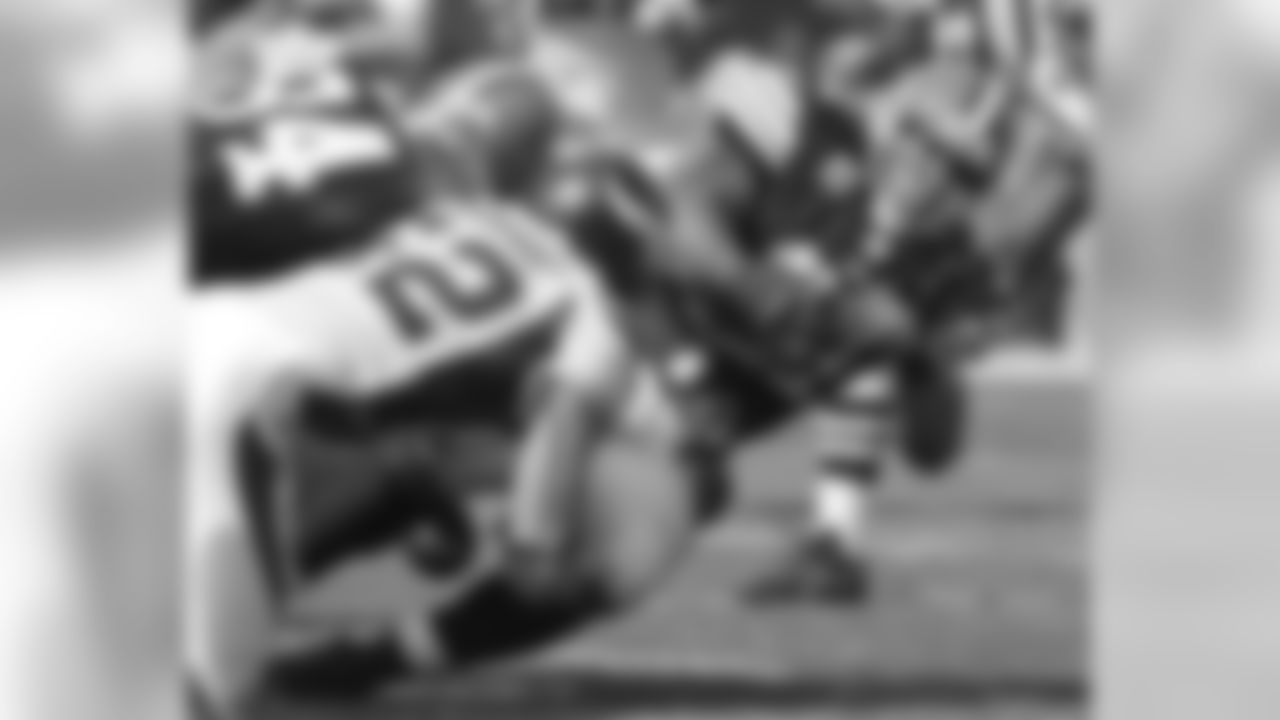
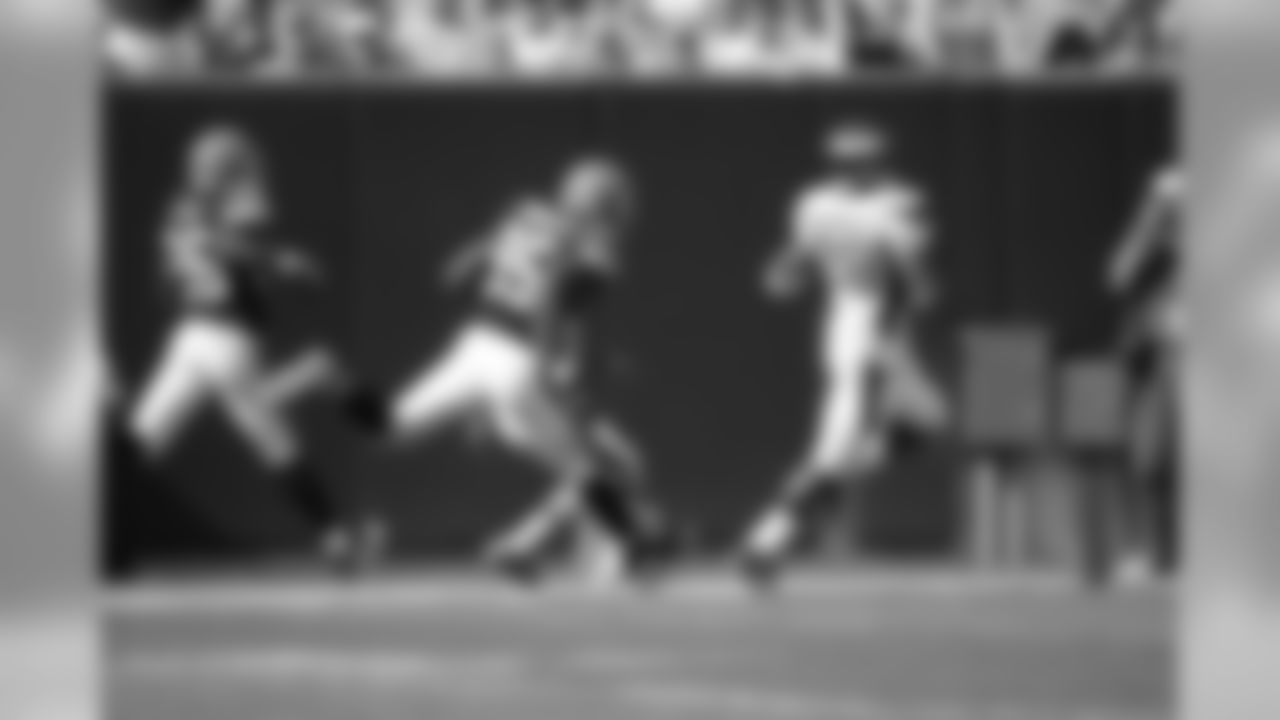

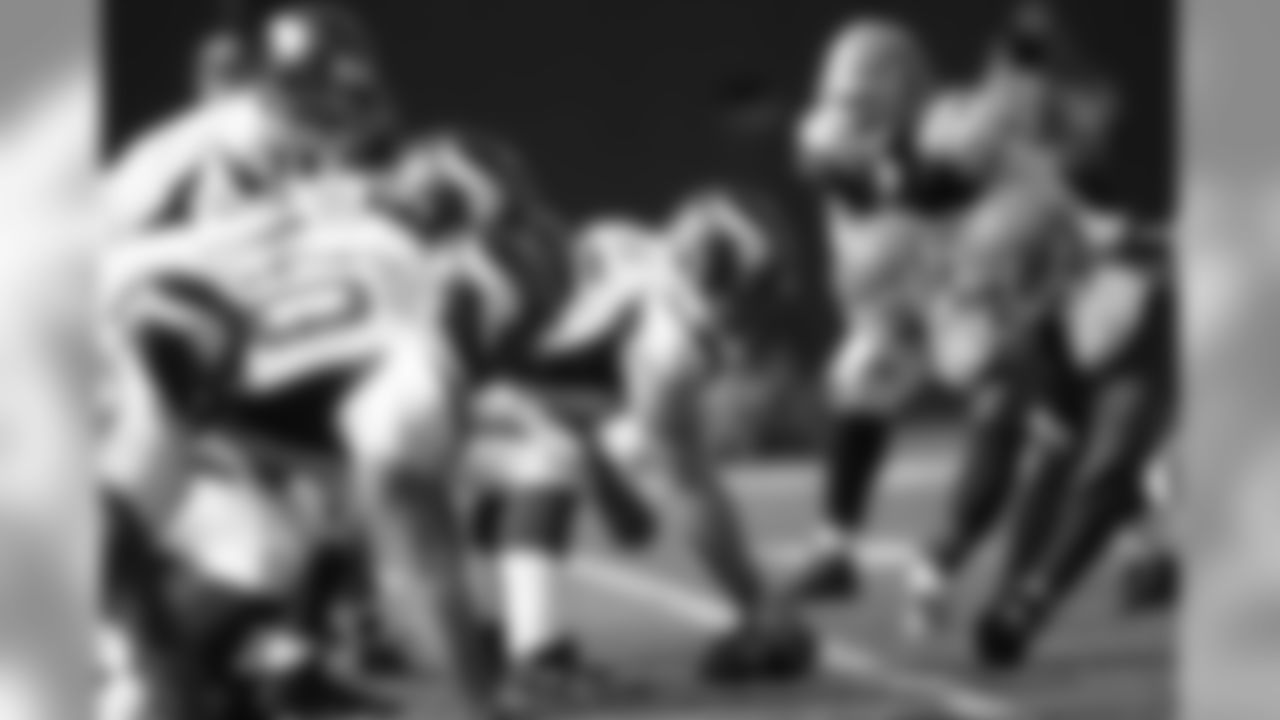




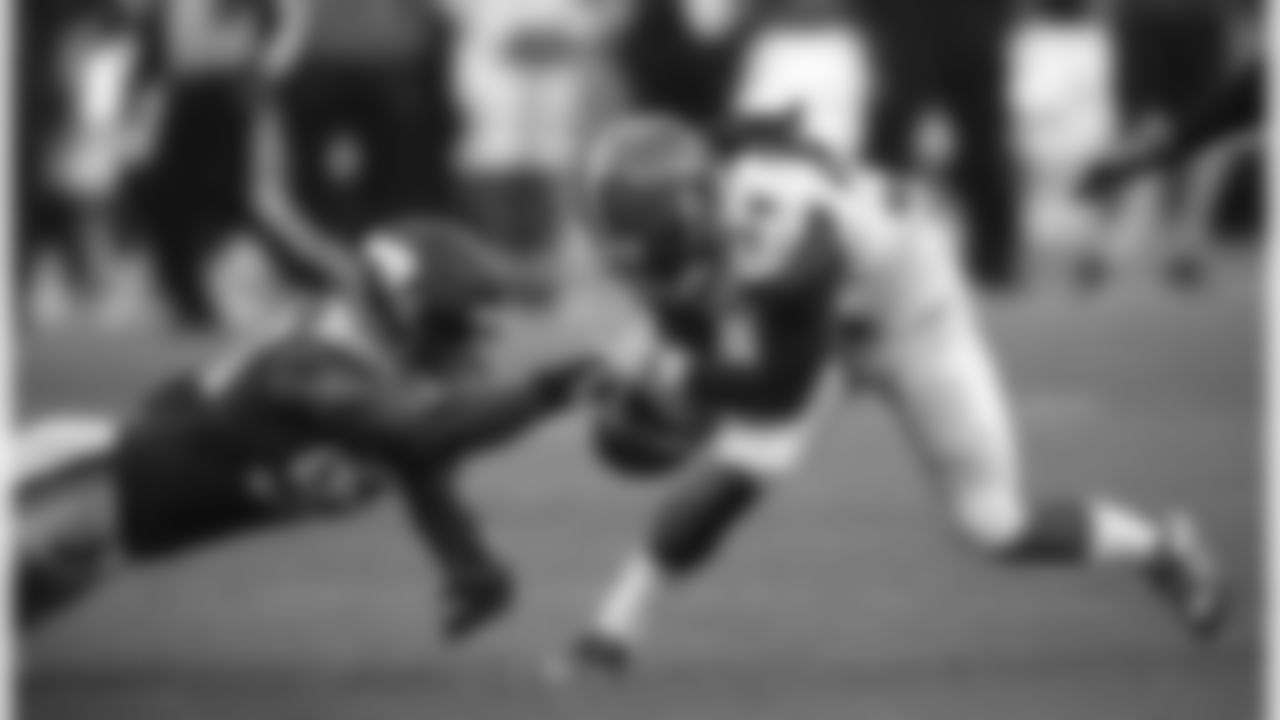
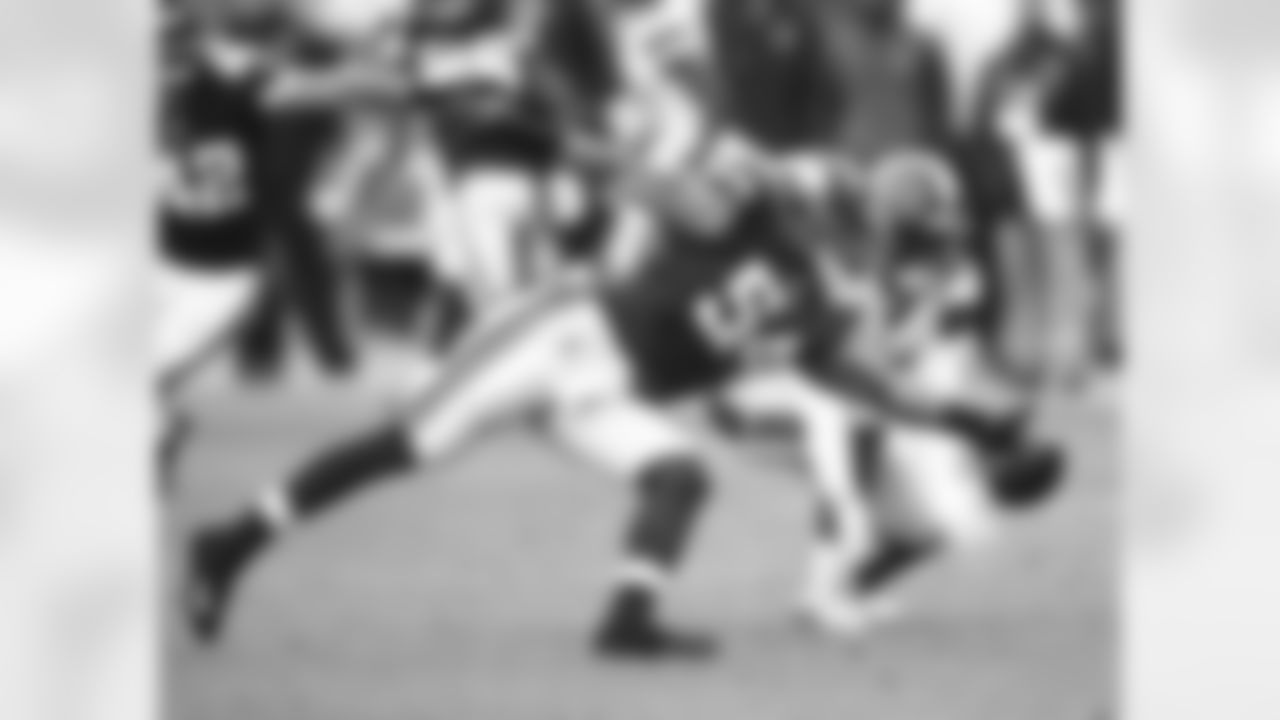


2021

2021

2021

2021

2021

2021

2021

2021

2024

2024

2024

2024

2024

2024

2024

2024
A takeaway from Dublin
After a trademark performance from Brian Flores' defense against the Bengals, which was accented by five forced turnovers and the shutdown of skill players, the Vikings failed to create a takeaway in Ireland.
Still, though, there was plenty to take away – even for McCarthy – in the 24-21 loss to the Steelers.
The Athletic's Alec Lewis on Tuesday examined what the 22-year-old can learn from Pittsburgh's quarterback, Aaron Rodgers, the four-time NFL MVP who is 19 years McCarthy's senior and was almost flawless on Irish soil, going 18-for-22 passing with 200 yards, one touchdown and no interceptions.
Lewis staged his analysis with a reminder of two QB traits – accuracy and field vision – Vikings Head Coach Kevin O'Connell spoke about in depth three years ago during an interview with Colin Cowherd.
Here's what the coach said regarding the first:
"When the ball leaves your hands," O'Connell said, "and when you throw that football, you have to be in control of it at this level and be able to put it where you want it, and be able to do it in different rhythms and timings and anticipations."
O'Connell transitioned to "big-field vision" in his discussion of overlooked characteristics at the position:
"Being able to see," O'Connell said. "And it's not always the tall guys, because I am 6-foot-5, and a lot of times I couldn't see anything. If guys can feel voids and vacancies and leverages and techniques — and they're accurate — we're going to get the ball out in rhythm a lot. The pass rush may be humming, but they're not going to get home in time."
View photos of the Vikings traveling from Dublin, Ireland to London, England for the Week 5 matchup against the Browns.

































Both qualities – accuracy and vision (or ball placement and processing; there are many ways to phrase the skills O'Connell touched on) – have been staples of O'Connell's quarterback instruction and dialogue.
And with McCarthy watching, they were flaunted on Sunday at a Hall of Fame level by Rodgers.
Lewis wrote the following:
This describes — almost to a T — the display Pittsburgh Steelers quarterback Aaron Rodgers put on Sunday against the Vikings. The veteran didn't miss layups, often placing the ball beautifully. Go-ball to DK Metcalf down the left sideline? On the money. Slants to Metcalf over the middle? Completed in stride.
Rodgers didn't hold the ball too long, either. Plays were designed to get the football out of his hands, in large part because his brain processes information very quickly. His time-to-throw average of 2.17 seconds was the fastest a quarterback has had in a game this season.
Lewis reasoned that as McCarthy heals and eventually retakes the field, his success won't hinge on throwing velocity or physical traits. Rather, he must demonstrate the requisite accuracy and cognitive abilities pre- and post-snap to develop into the long-term franchise player the Vikings hope him to be.
Check out Lewis' whole article on what McCarthy can glean from Rodgers here.
View the 2025 Vikings Schedule.
Check out the 2025 International games.
View future opponents for the Vikings.
Buy single game tickets.
Download the official Vikings App.













